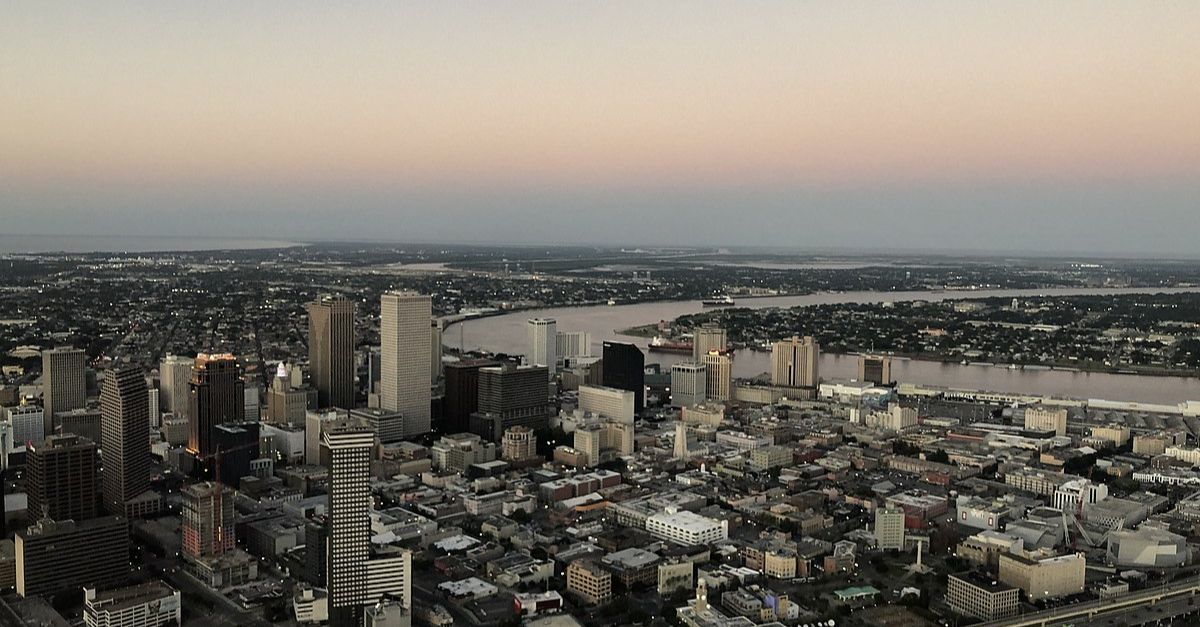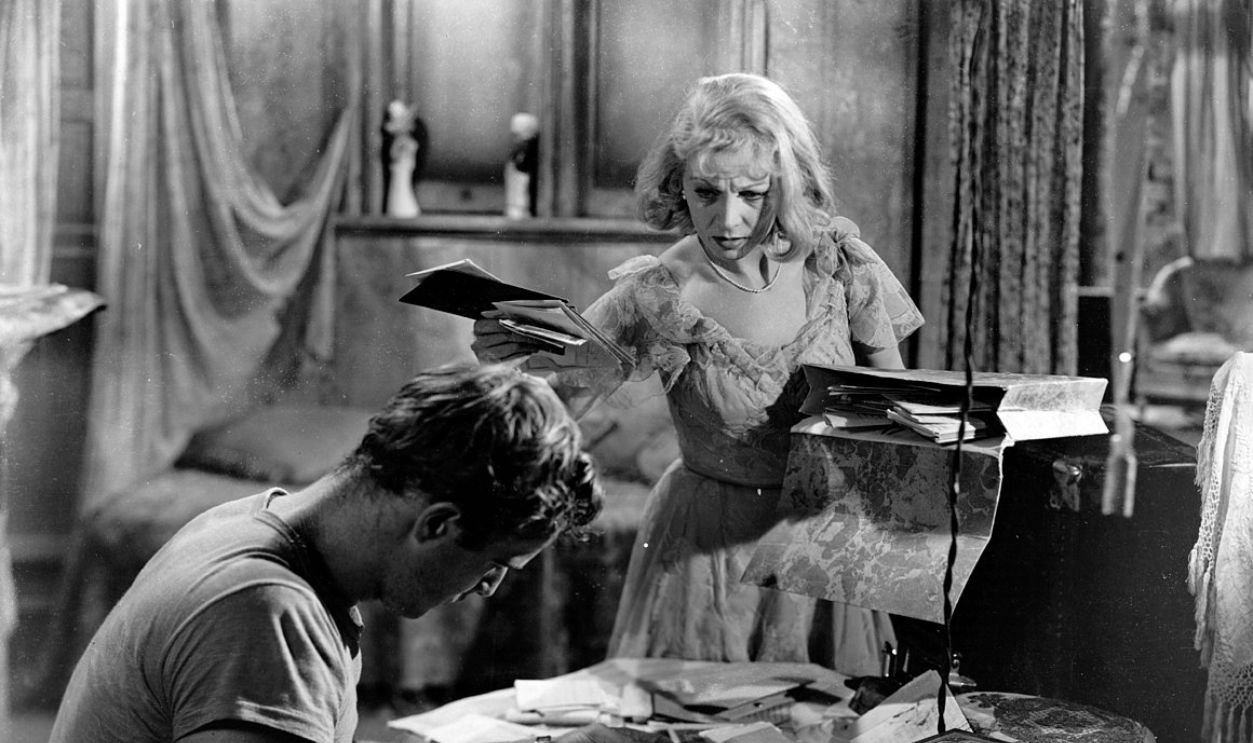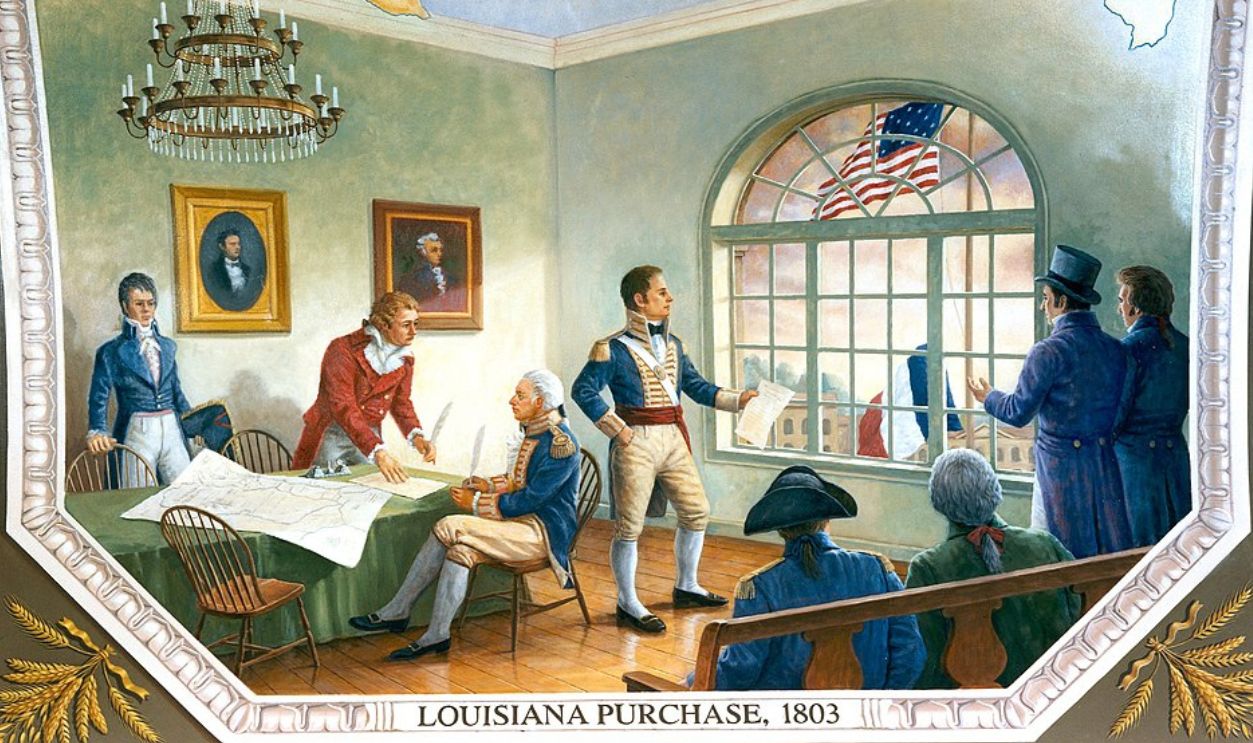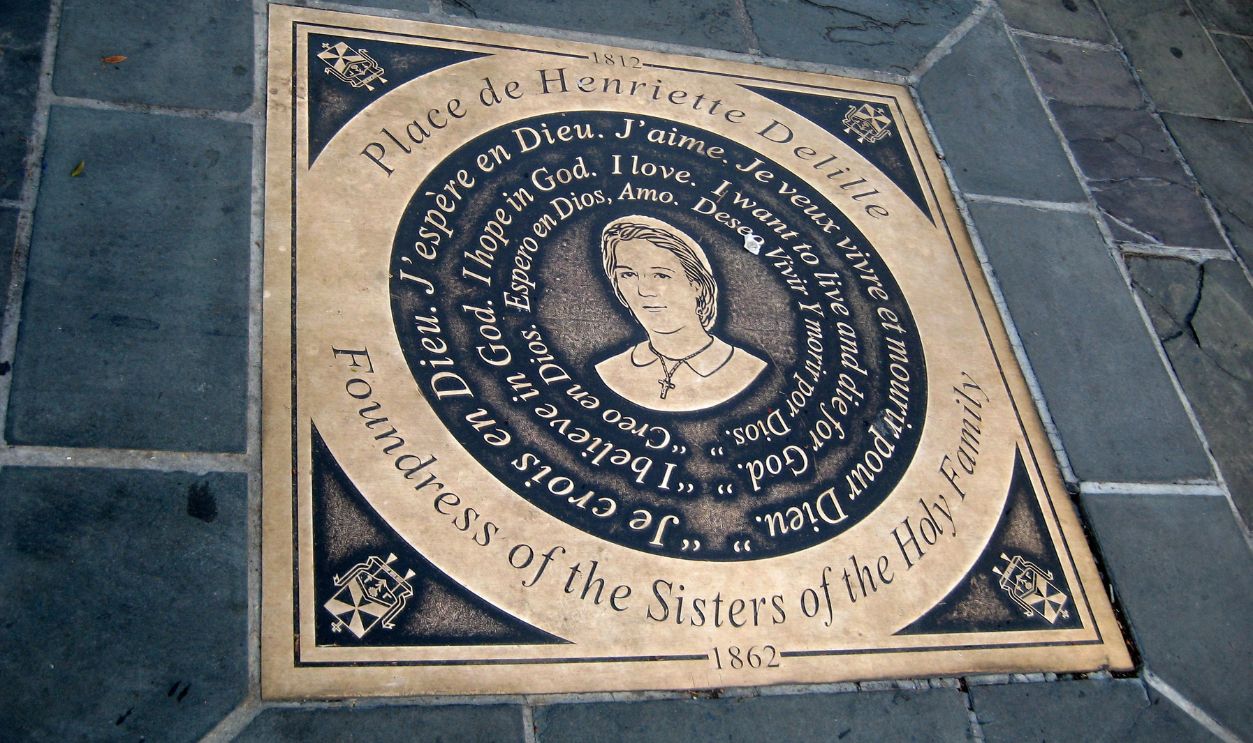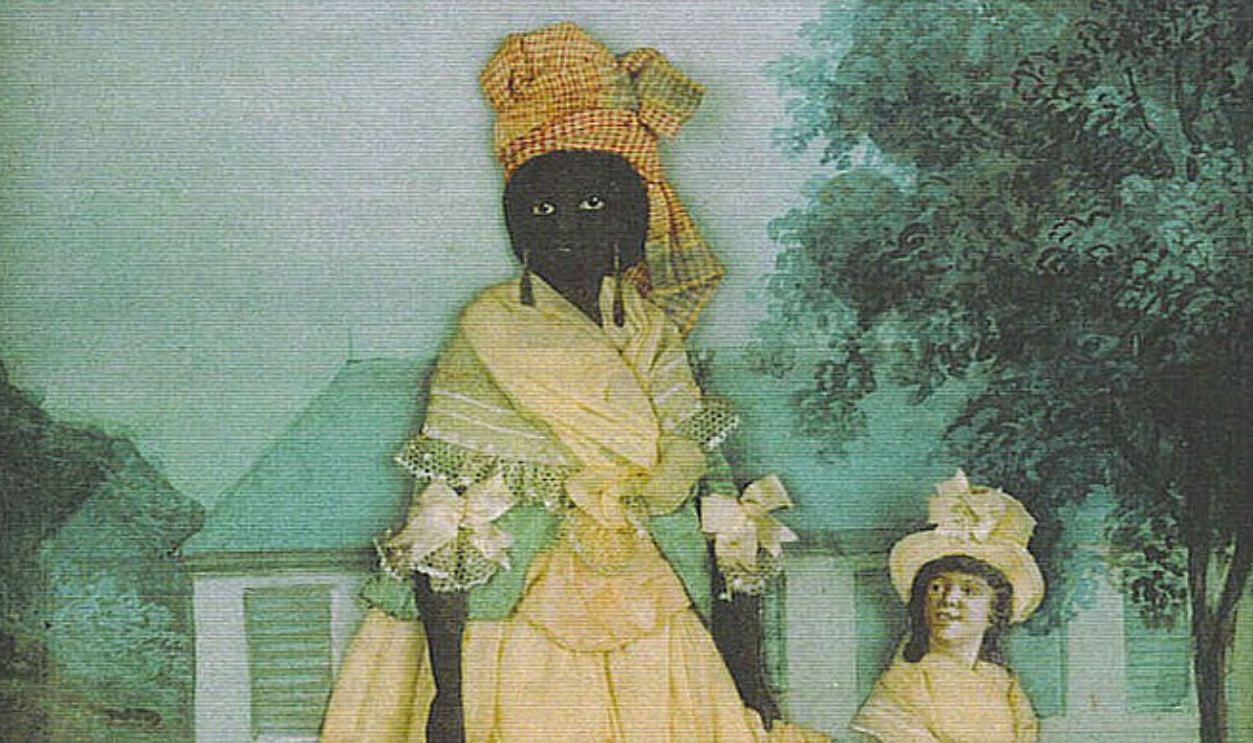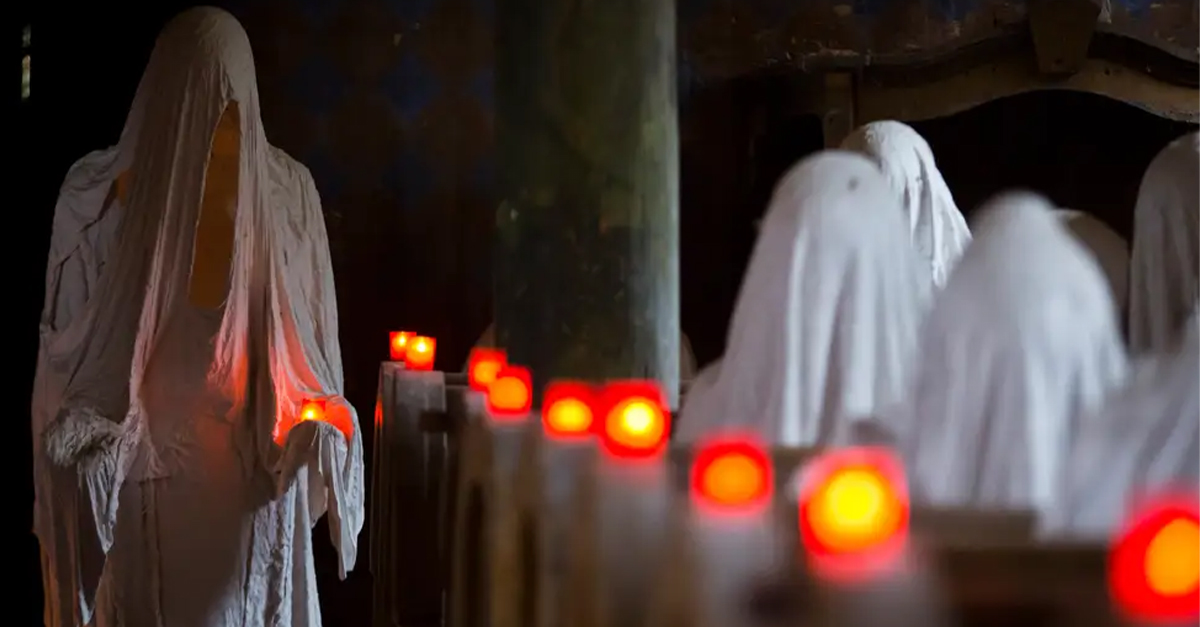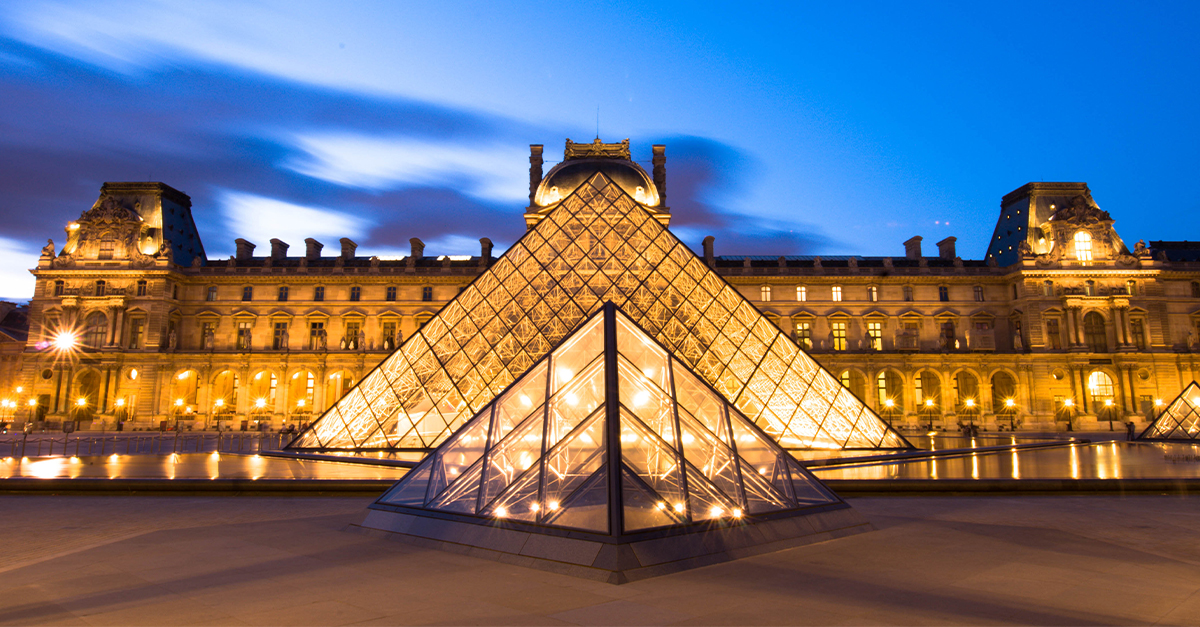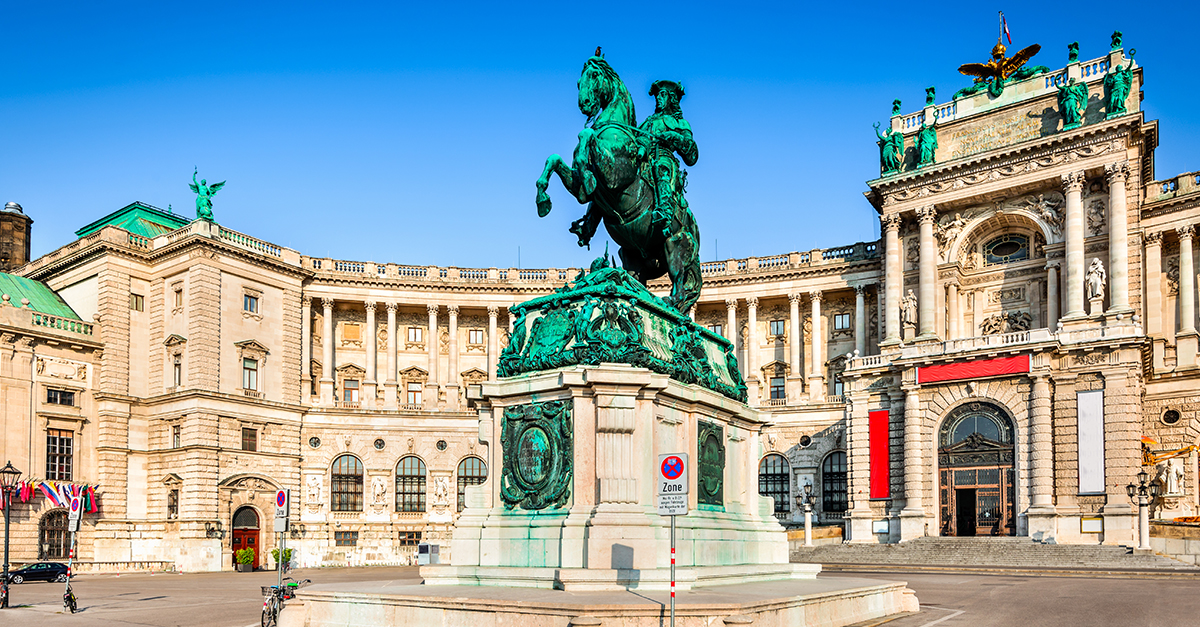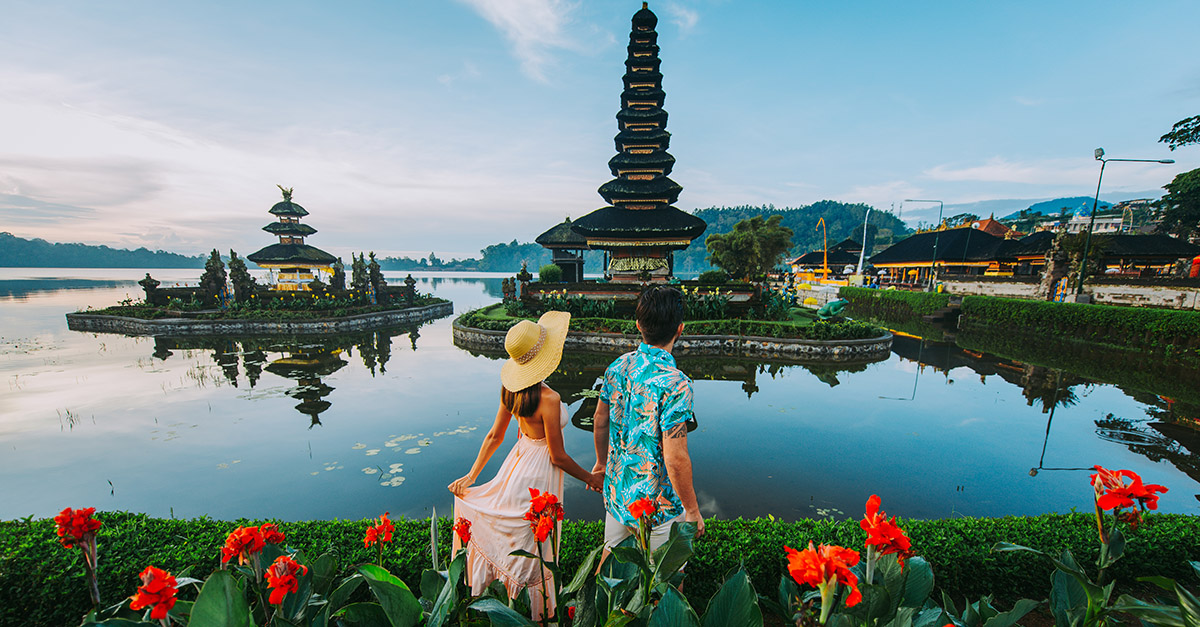The Hidden Power Of Black New Orleans From Voodoo To Jazz
New Orleans is a city of vibrant culture, legends, music, and irresistible food. However, away from the French Quarter and Mardi Gras parades exists a profound history shaped by the African American community.
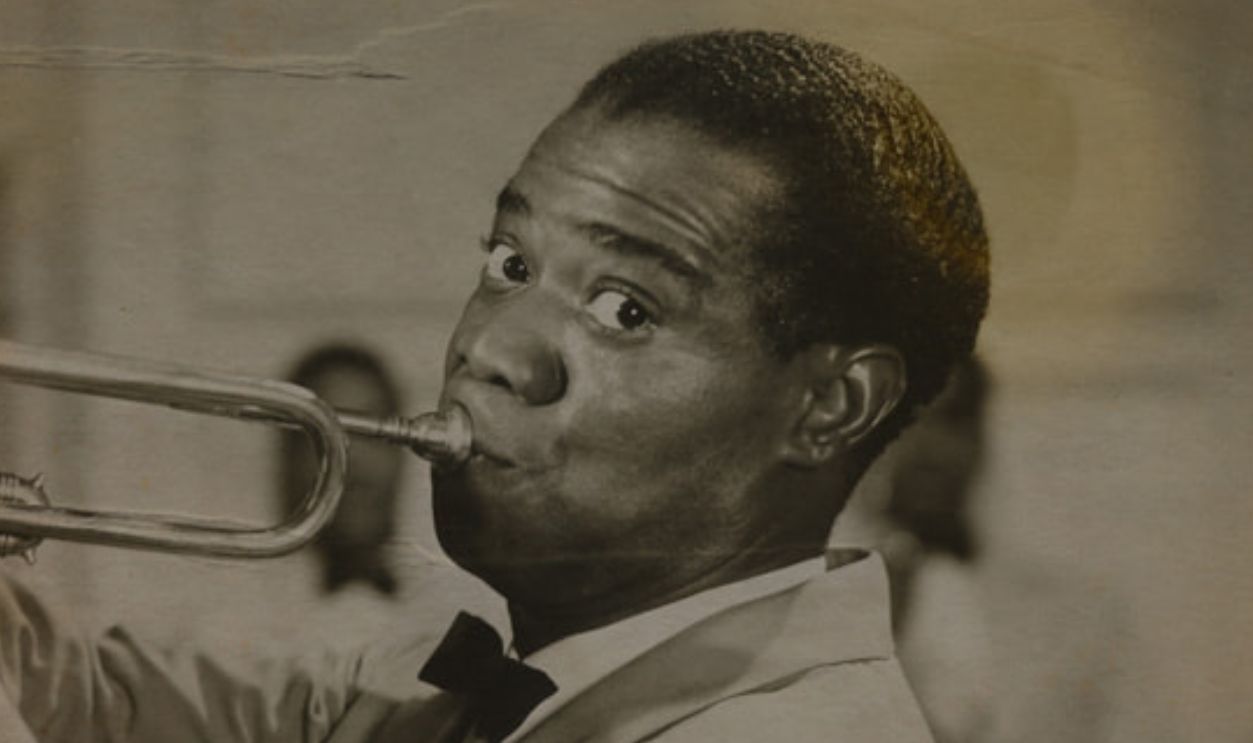
New Orleans Has A Significant Place In Arts And Culture
Interview of the Vampire, The Curious Case of Benjamin Button, A Streetcar Named Desire, and 12 Years a Slave all take place in New Orleans. These movies tell us different aspects of life in one of Louisiana's most popular cities throughout different eras.
Due To Its Exceptional Nature
New Orleans is a city shaped as much by its geography as by its people. Located along the crescent bend of the Mississippi River in the southeastern region of Louisiana, its unique topography includes below-sea-level basins and surrounding marshlands, lending it the nickname The Crescent City.
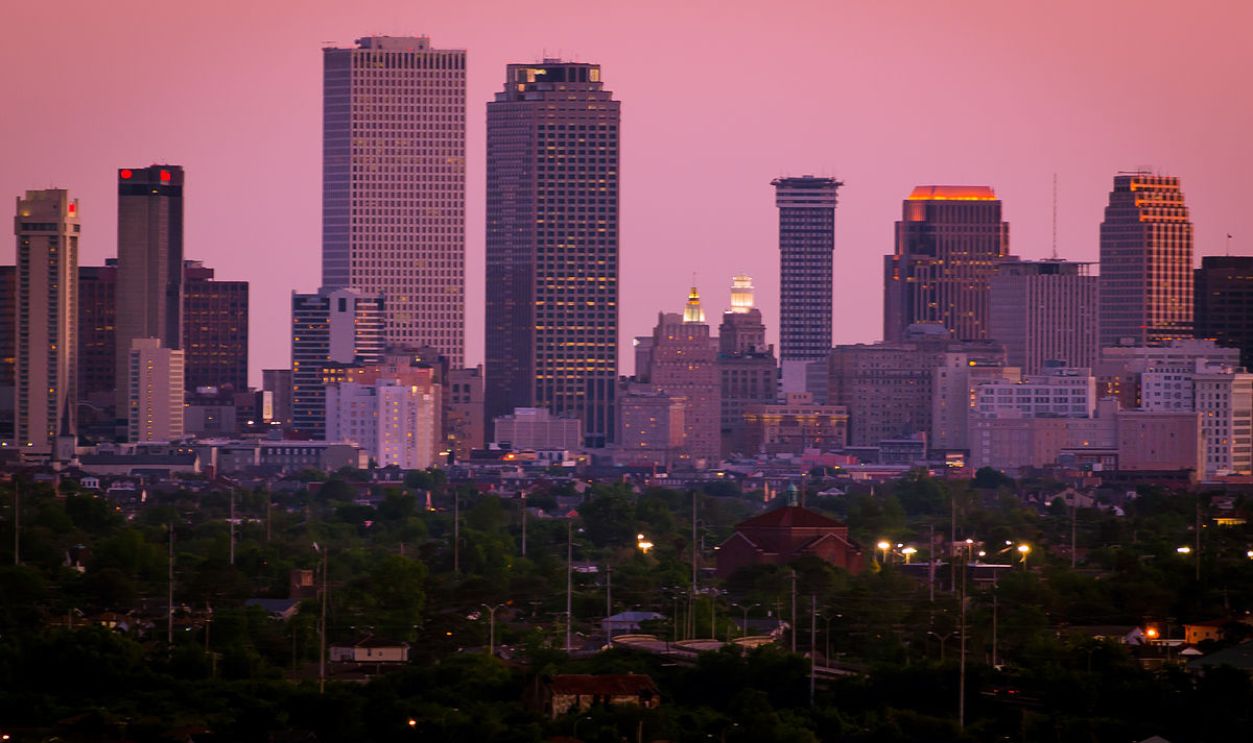 thepipe26, CC BY 2.0, Wikimedia Commons
thepipe26, CC BY 2.0, Wikimedia Commons
Which Influenced The Community's Structure
This strategic location made it a vital port city and a melting pot of cultures over centuries. Today, New Orleans has a population of over 380,000 people, with African Americans making up the largest demographic group, which reflects the city's deep Black cultural roots.
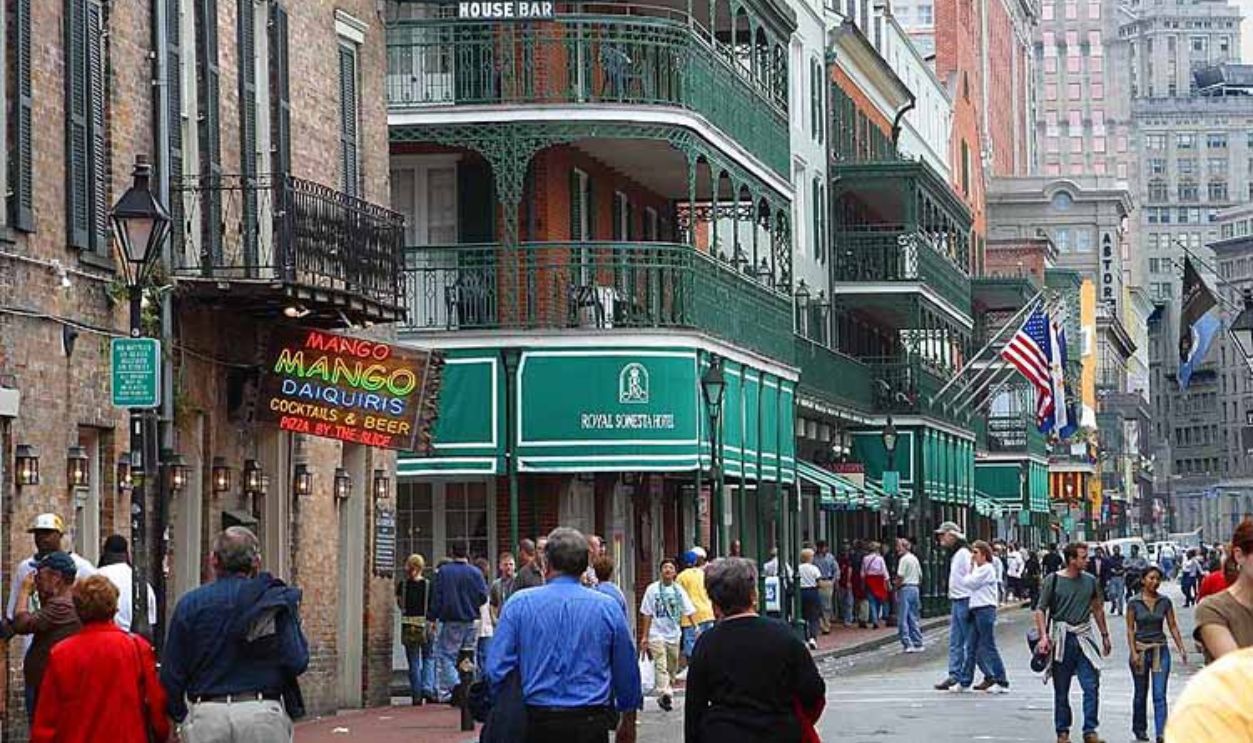 Jon Sullivan, Wikimedia Commons
Jon Sullivan, Wikimedia Commons
Its Historical Significance In The American Slave Trade
New Orleans was once the epicenter of the American slave trade, a hub where human lives were commodified to fuel the growing Southern economy. Enslaved Africans arrived at its docks and sold in markets like the infamous St. Louis Hotel auction block.
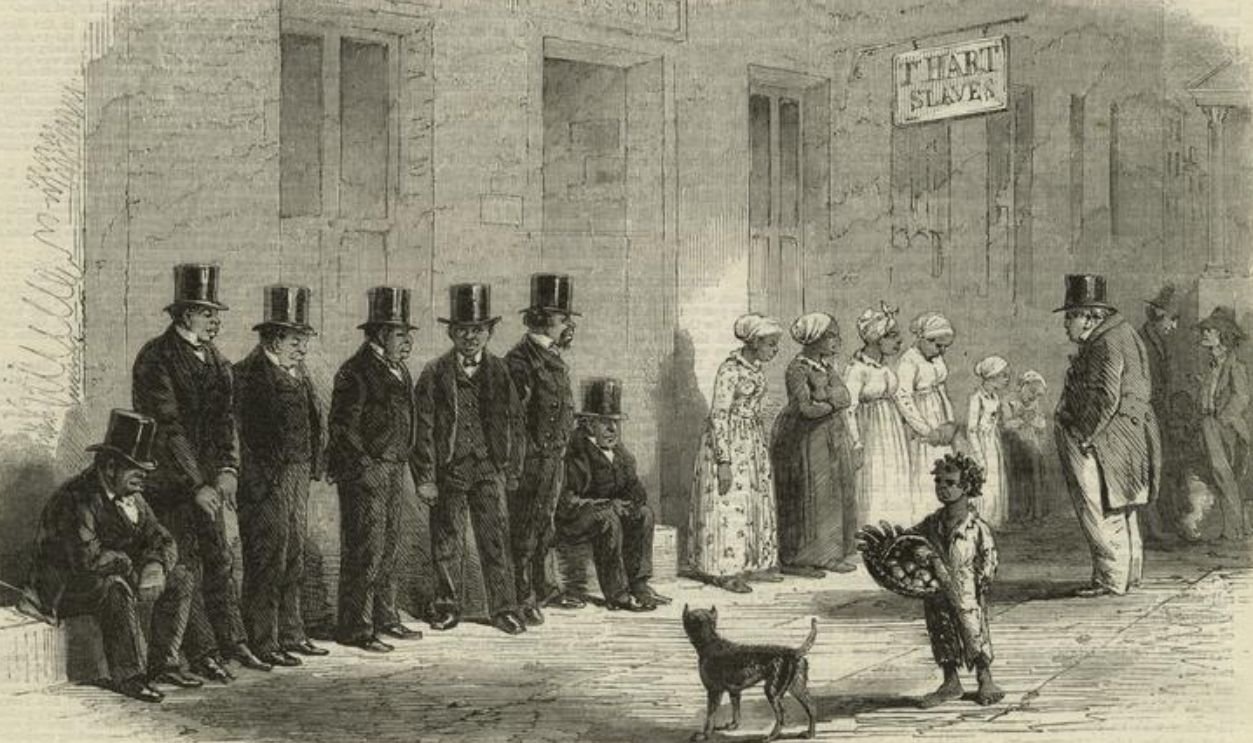 Unknown Author, Wikimedia Commons
Unknown Author, Wikimedia Commons
Which Destroyed Many Lives
Here, families were torn apart, but their legacy would endure in ways their oppressors never imagined. The labor of enslaved people built the infrastructure of the city. More importantly, their spirit and culture laid the foundation for New Orleans' unique identity.
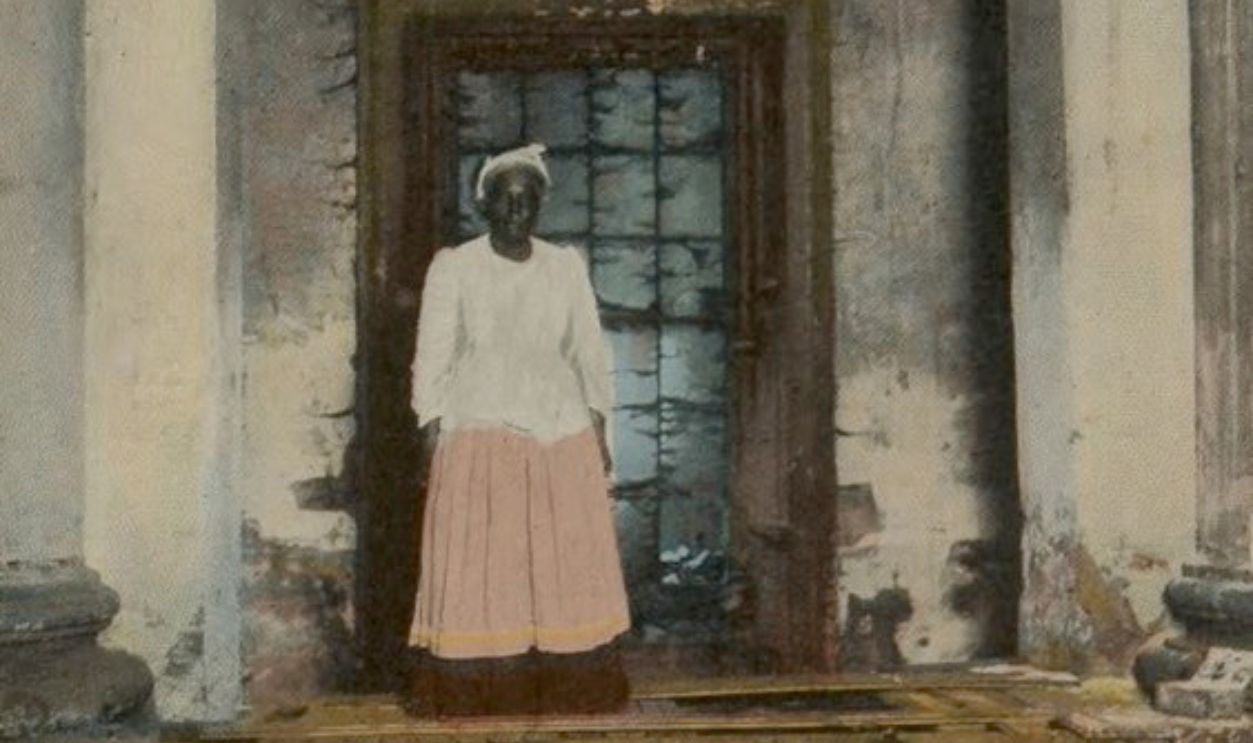 J. Scrodill, publisher, Wikimedia Commons
J. Scrodill, publisher, Wikimedia Commons
But Left An Enduring Legacy
Despite their situation, Africans transformed their traditions to create a rich cultural mix that defines the city today. West African rhythms became the heartbeat of jazz, while spiritual practices like Voodoo found new expressions in the swamps and streets of Louisiana.
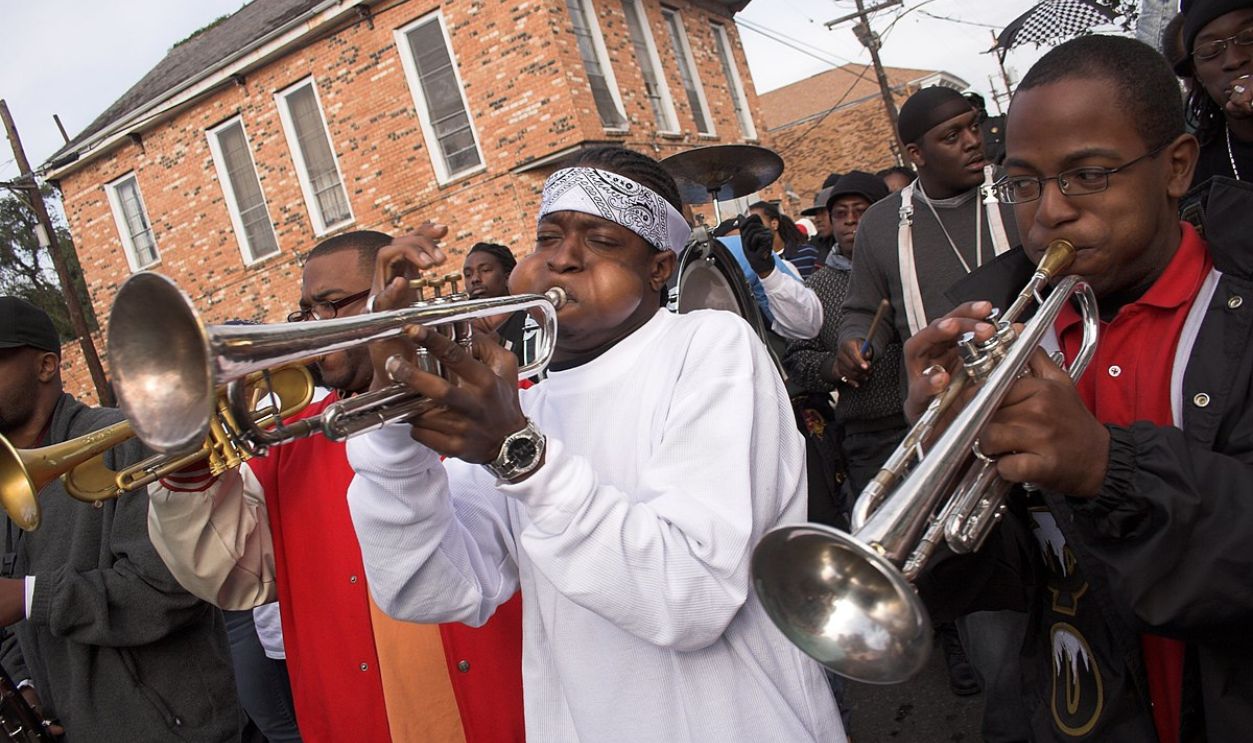 dsb nola / Derek Bridges, CC BY 2.0, Wikimedia Commons
dsb nola / Derek Bridges, CC BY 2.0, Wikimedia Commons
Which Was Reflected In Every Aspect Of Life
The architecture, food, music, and even language of New Orleans bear the imprint of African heritage. This includes gumbo's West African roots to the Creole patois that blend French, Spanish, and African dialects. It shows how they managed to create beauty in the face of oppression.
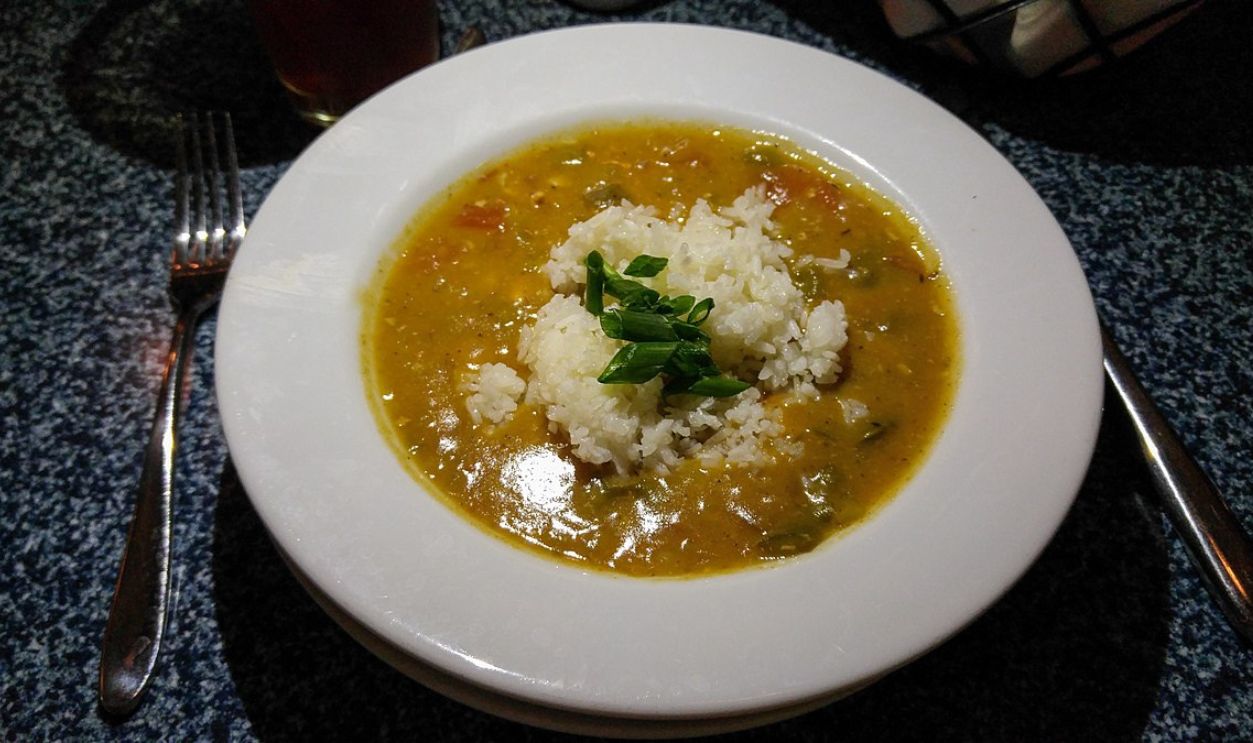 HarshLight, CC BY 2.0, Wikimedia Commons
HarshLight, CC BY 2.0, Wikimedia Commons
The Founding Of New Orleans
Before the French arrived in 1718 to establish New Orleans, the area was known as Bulbancha, meaning the place of many tongues in the Choctaw language. Indigenous peoples, including the Choctaw and Houma tribes, inhabited the land, using the Mississippi River as a vital trade and communication route.
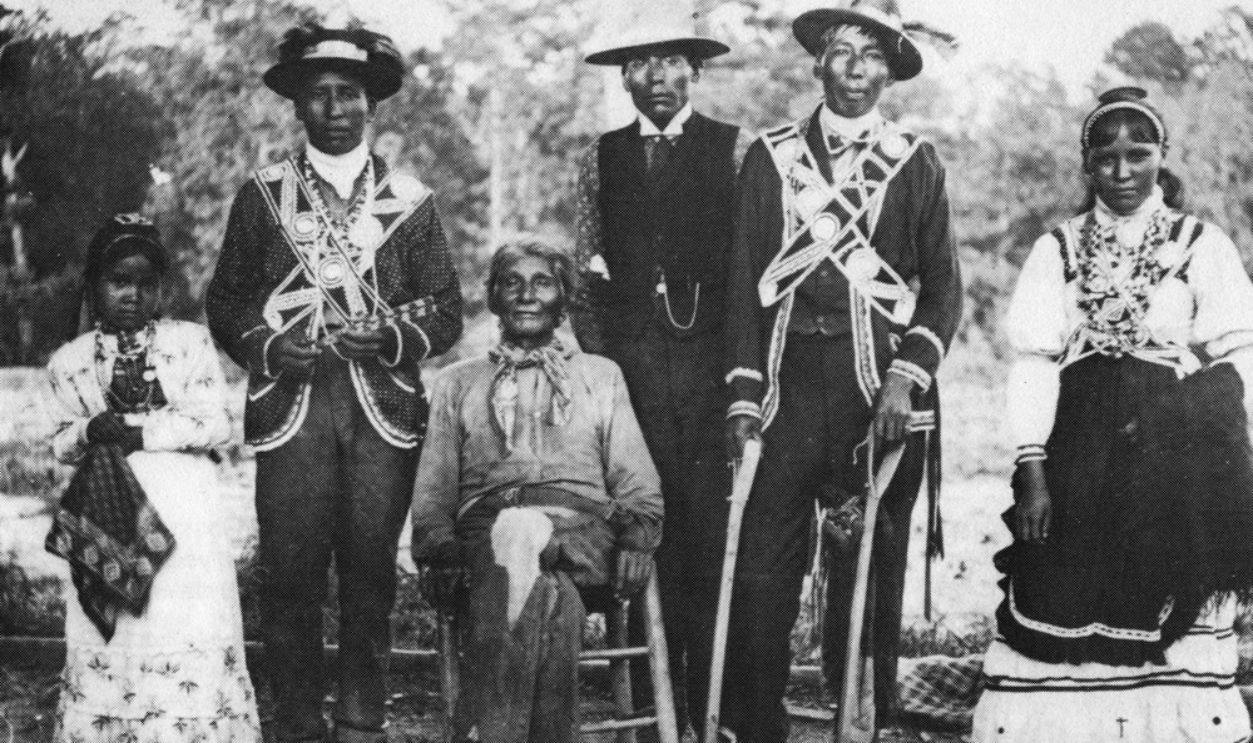 Unknown Author, Wikimedia Commons
Unknown Author, Wikimedia Commons
By Indigenous People
French colonists built upon the indigenous foundations and created a settlement that quickly became an important port. However, the displacement and marginalization of indigenous peoples during this time foreshadowed the struggles for justice and recognition that would mark the city's history.
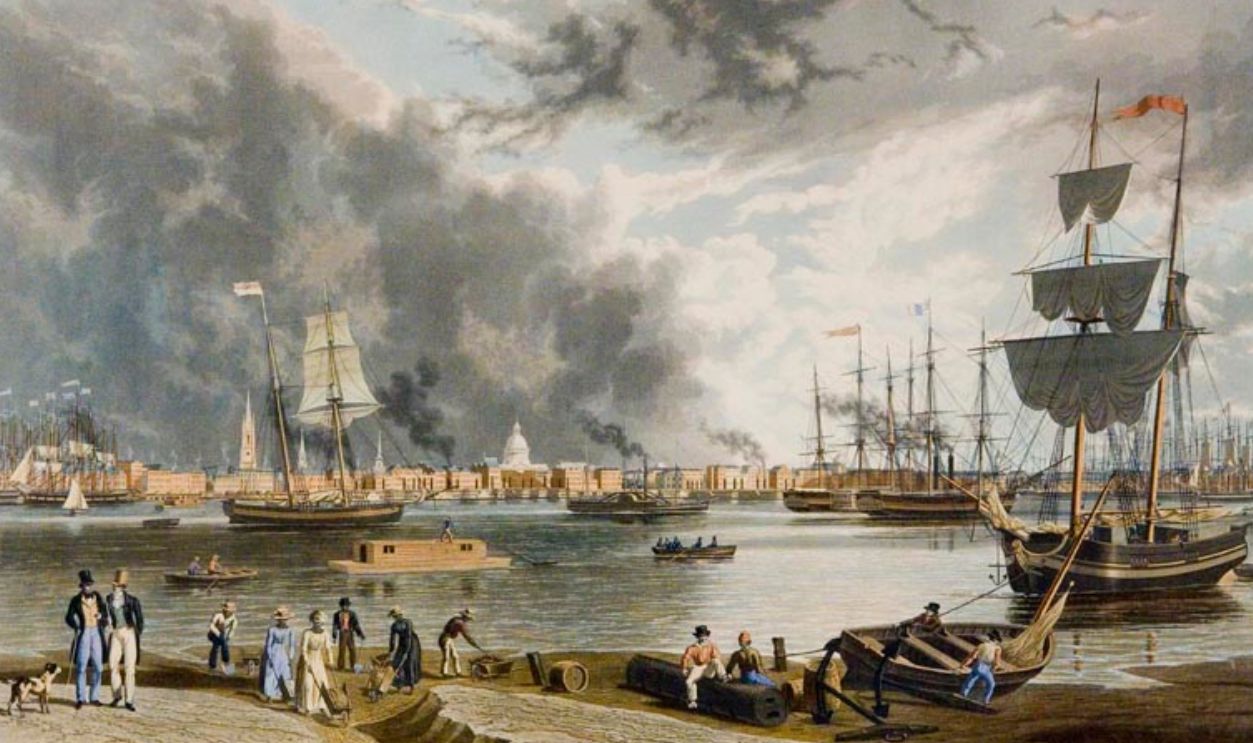 A. Mondelli and William J. Bennett., Wikimedia Commons
A. Mondelli and William J. Bennett., Wikimedia Commons
The Struggle Of The Early Years
As a strategic port city, New Orleans became the centerpiece of French Louisiana. Early French settlers brought their language, customs, food, and architecture and set the groundwork for the city's unique identity. However, life in the fledgling colony was fraught with challenges, including swampy terrain, frequent floods, and diseases.
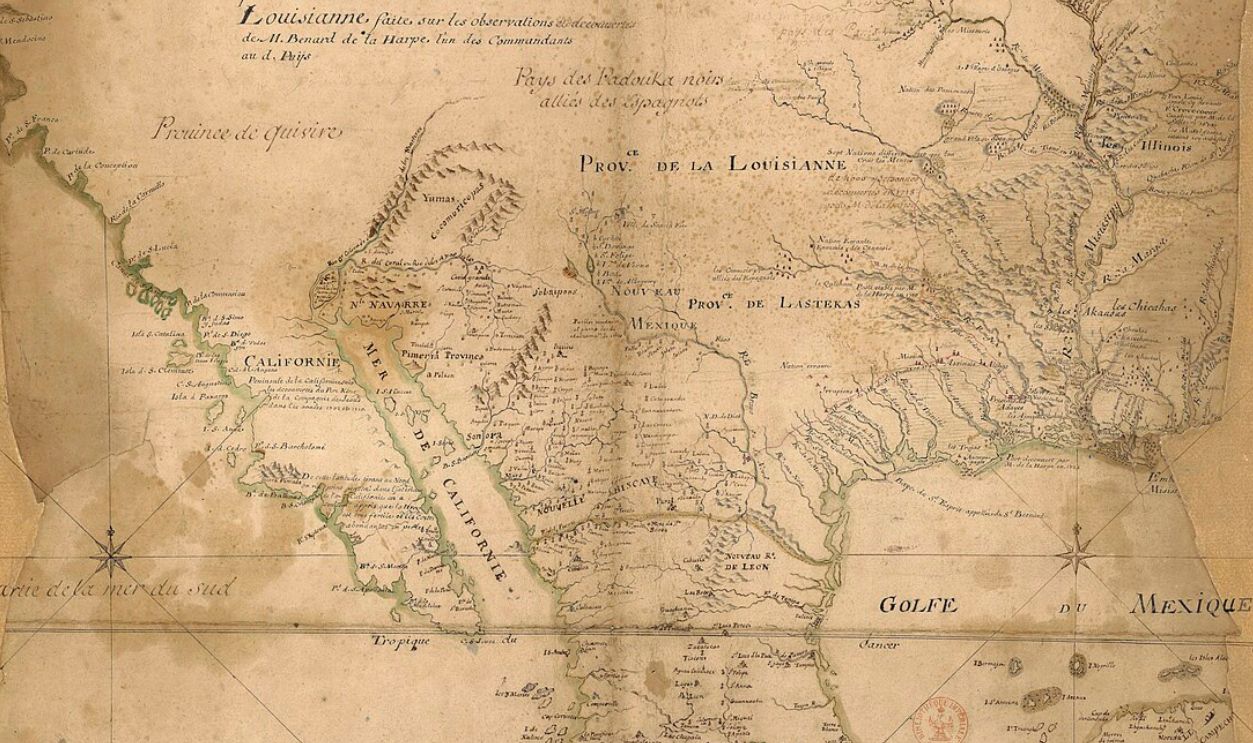 Bibliothèque nationale de France, Wikimedia Commons
Bibliothèque nationale de France, Wikimedia Commons
Showed The Resilience Of The People
Nevertheless, the settlers were determined to make the city flourish. The French Quarter's narrow streets and intricate balconies are a living reminder of these early years and show the city's French roots and enduring charm that still fascinate us today.
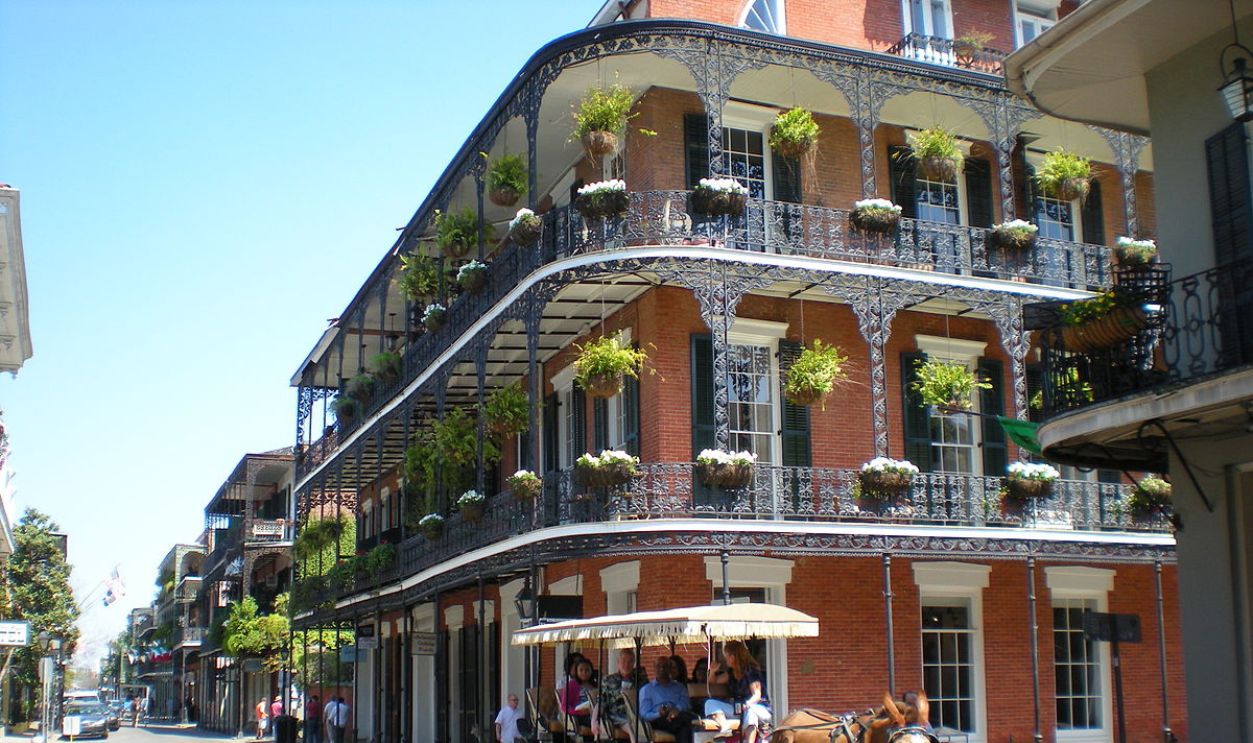 Sami99tr, CC BY-SA 3.0, Wikimedia Commons
Sami99tr, CC BY-SA 3.0, Wikimedia Commons
The Arrival Of Enslaved Africans
The first slave ship arrived from Africa in 1719. During the colonial period, these individuals were forced into labor and built New Orleans' infrastructure, such as canals and roads, while also driving its agricultural economy through work on sugarcane and cotton plantations.
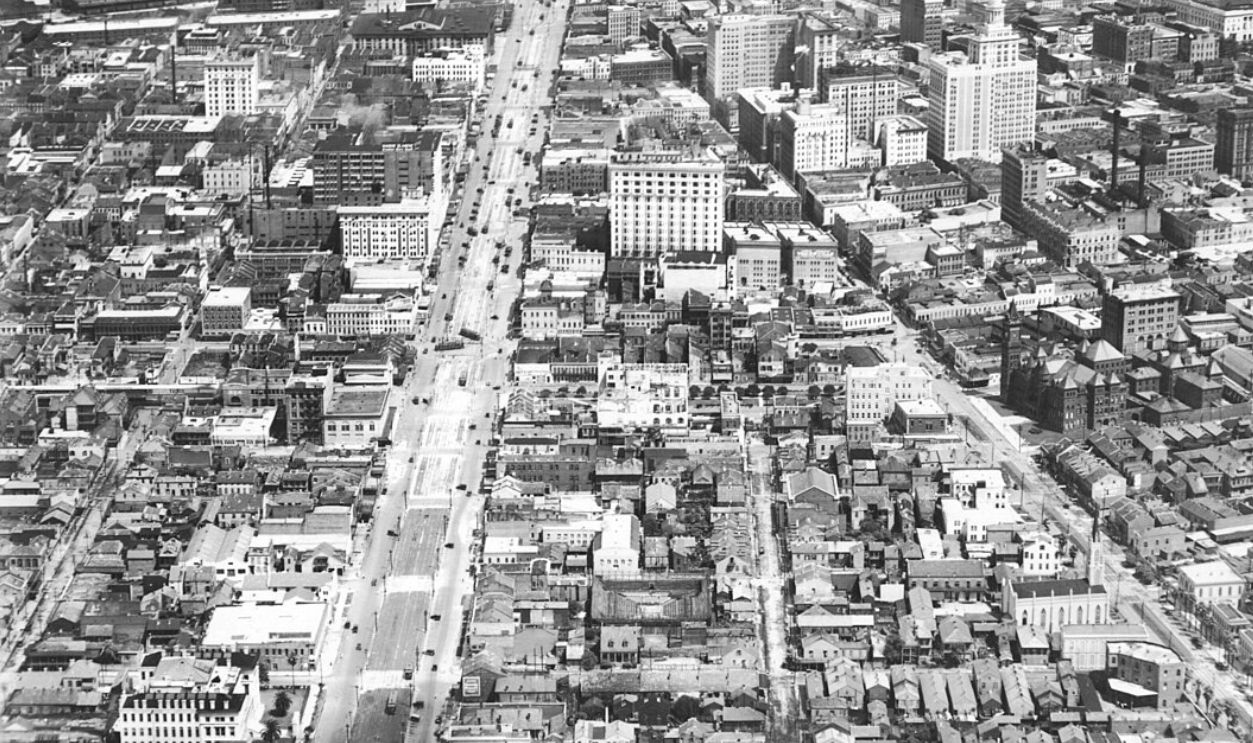 Unknown Author, Wikimedia Commons
Unknown Author, Wikimedia Commons
Which Gave The City Its Unique Taste
Beyond their physical labor, enslaved Africans contributed rich cultural traditions that became intrinsic to New Orleans' identity. It was a weird yet unique mix that helped people retain their cultural heritage in music, costumes, religious practices and food, while adapting to a new life.
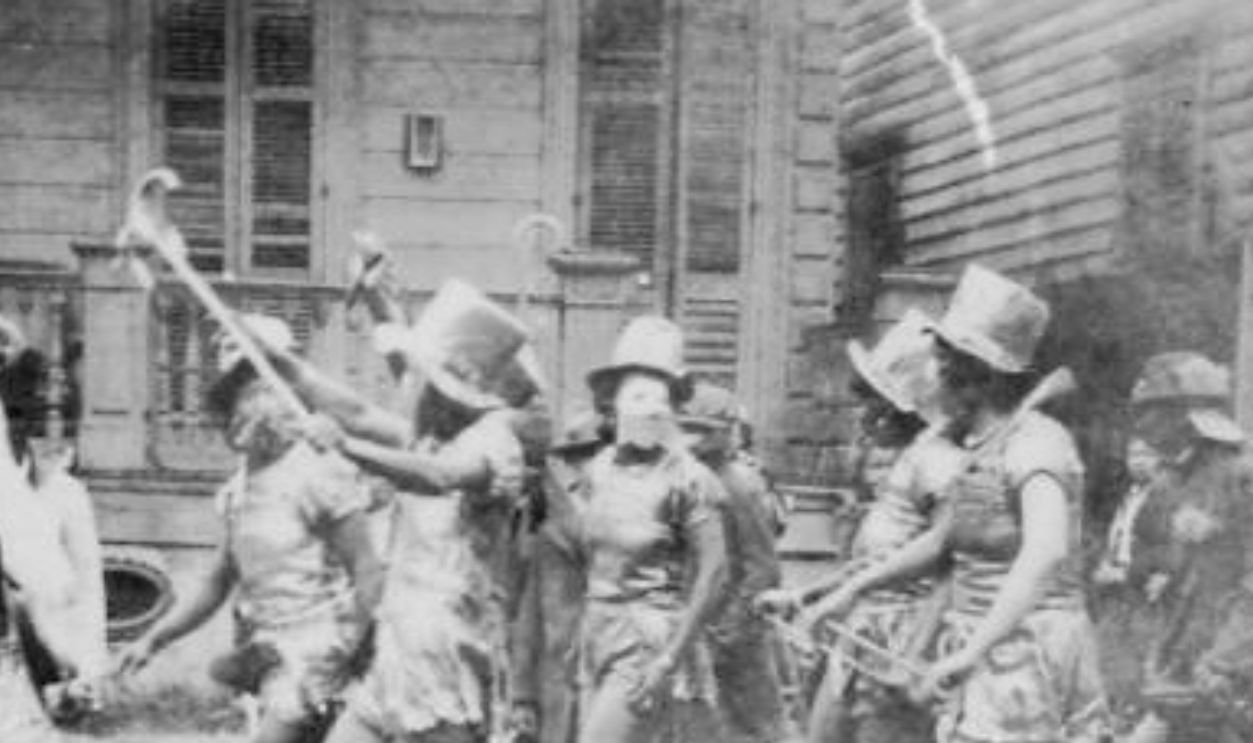 Unnamed WPA photographer, Wikimedia Commons
Unnamed WPA photographer, Wikimedia Commons
Despite The 1724 Code Noir
The 1724 Code Noir was imposed by the French colonial government to regulate the lives of enslaved Africans and free people of color in New Orleans. These laws dictated aspects of daily life, including restrictions on marriage, work, religion, and movement, while enforcing harsh punishments for resistance.
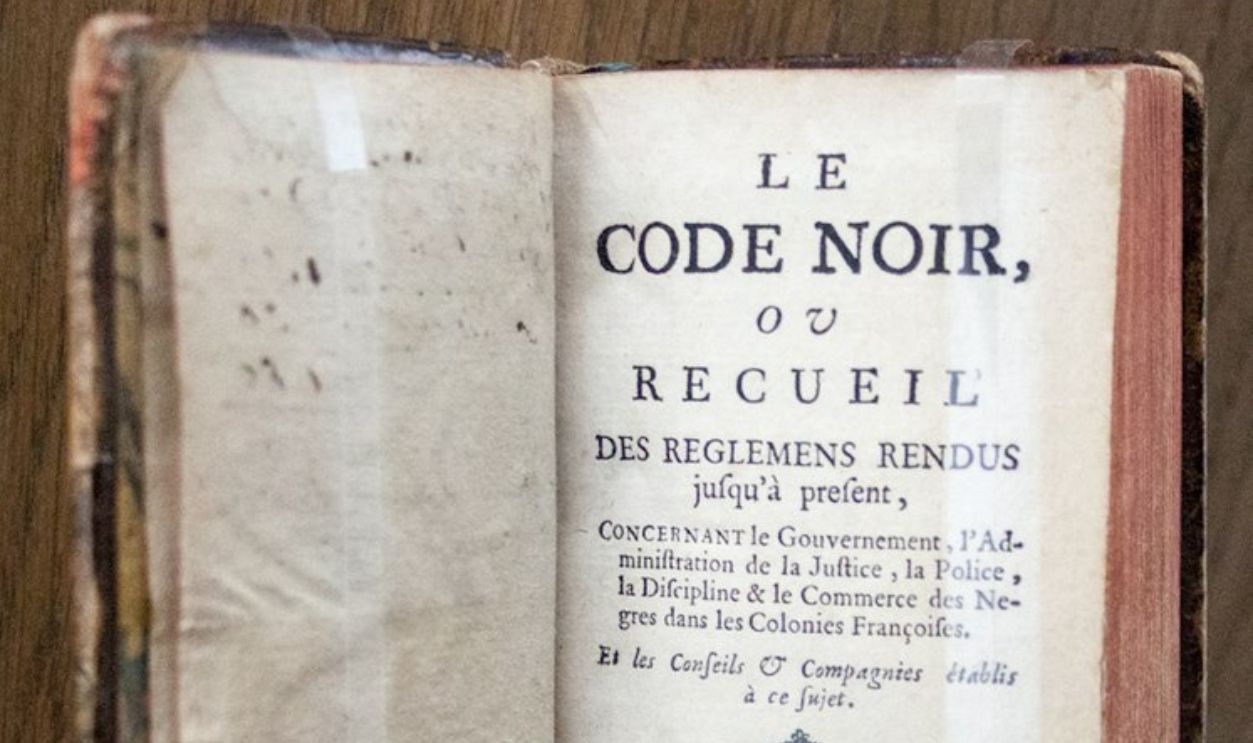 Szilas, CC BY-SA 4.0, Wikimedia Commons
Szilas, CC BY-SA 4.0, Wikimedia Commons
Which Aimed To Suppress The People
Although designed to control and suppress, the Code Noir also inadvertently allowed for the survival of African cultural practices. This was evident particularly in religion, as Catholicism often blended with African spiritual traditions since people were forced to convert.
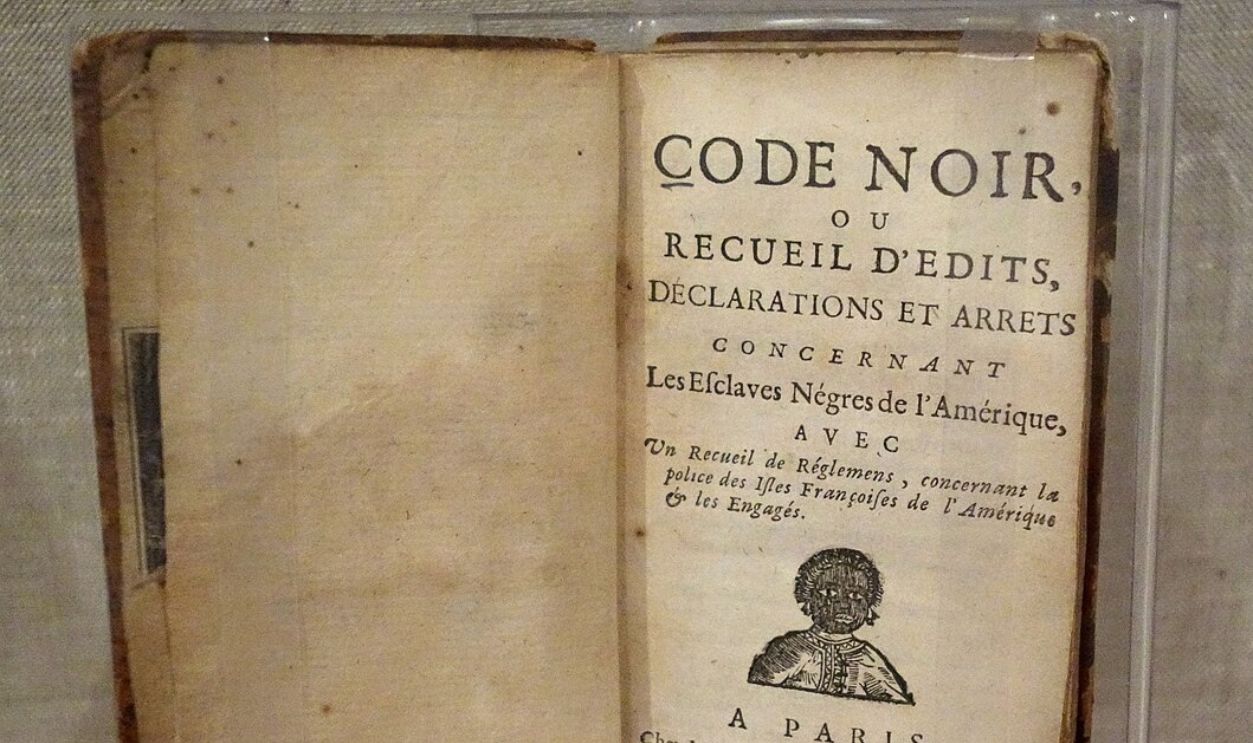 Crawdad Blues, CC0, Wikimedia Commons
Crawdad Blues, CC0, Wikimedia Commons
The Spanish Rule Followed
As a result of the Treaty of Paris, control of New Orleans shifted from France to Spain in 1783. It ushered in a transformative period in the city's history. Spanish rule brought significant changes, particularly after devastating fires in 1788 and 1794, which destroyed much of the French-built infrastructure.
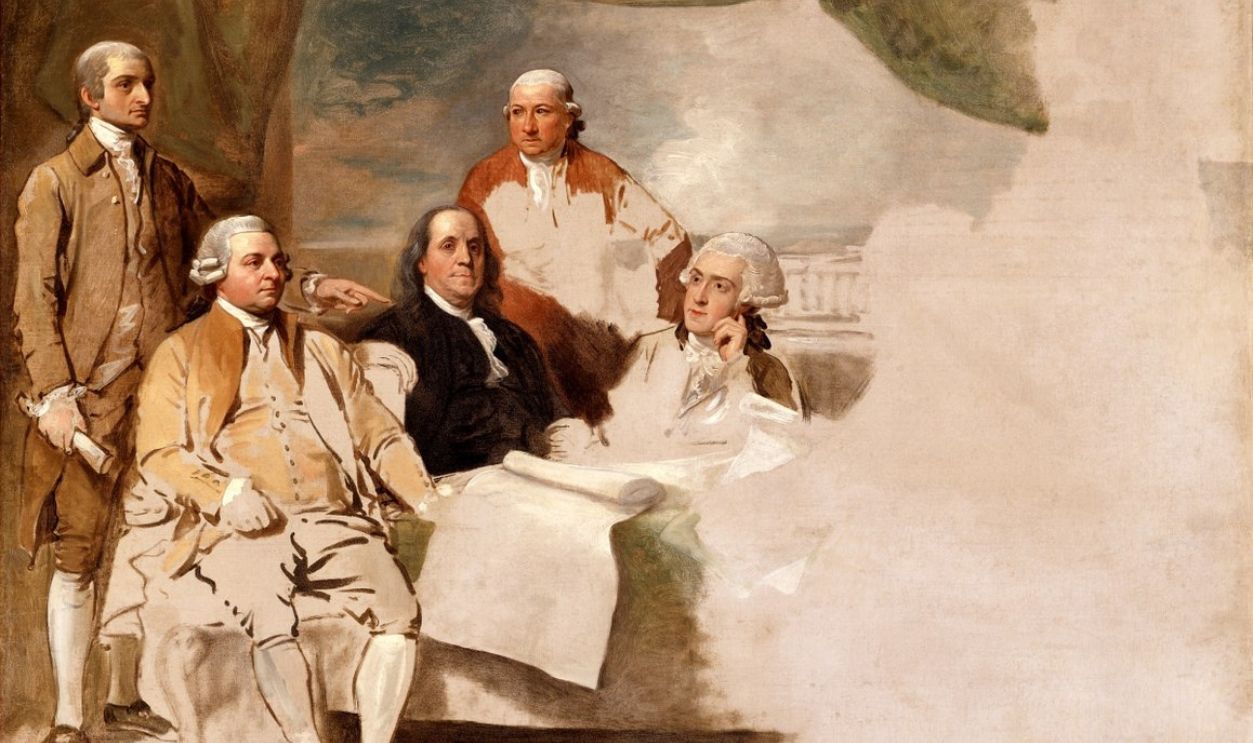 Benjamin West, Wikimedia Commons
Benjamin West, Wikimedia Commons
And Changed The City
The Spaniards rebuilt the city with architectural styles that reflected their own heritage. Today, the iconic wrought-iron balconies and stuccoed buildings of the French Quarter owe more to Spanish influence than French. A strong legal framework for the civil rights of free people of color was also established.
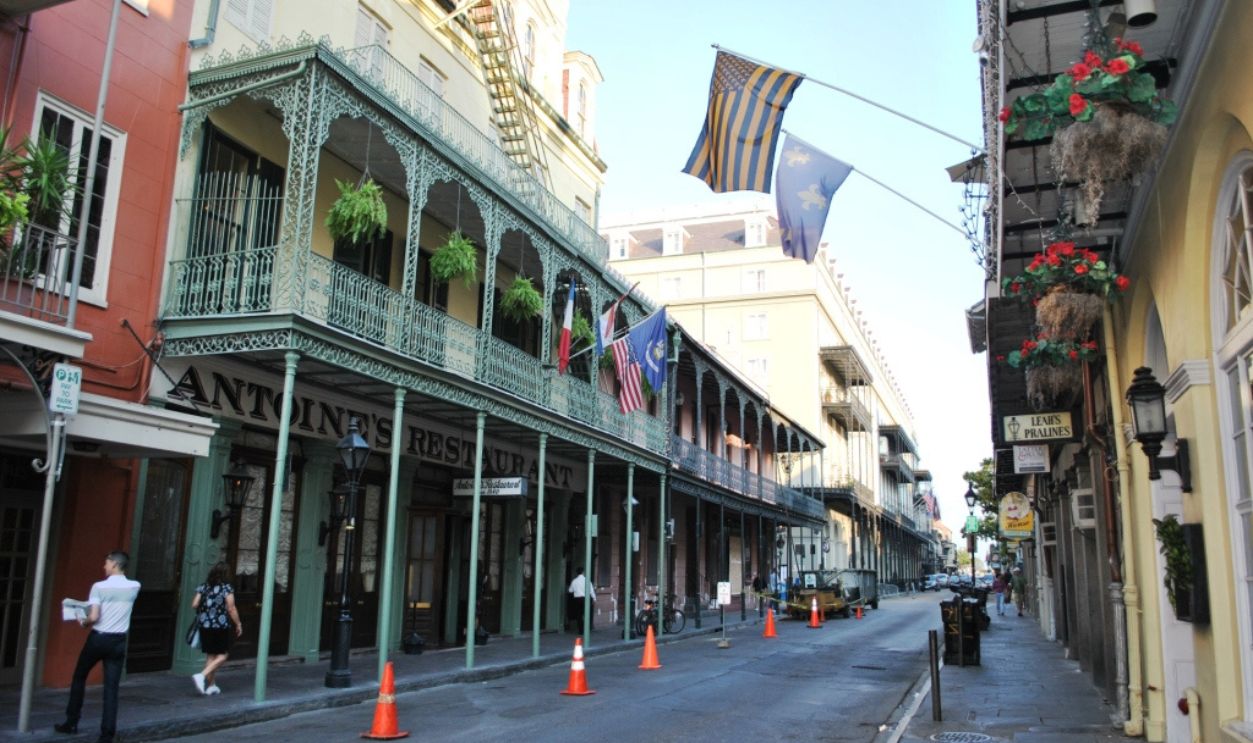 Elisa.rolle, CC BY-SA 3.0, Wikimedia Commons
Elisa.rolle, CC BY-SA 3.0, Wikimedia Commons
America's Oldest Black Neighborhood
Faubourg Tremé, located just outside the French Quarter, is renowned as America's oldest Black neighborhood. Established in the late 18th century, Tremé became a haven for free people of color and a center for cultural and political activism. Its streets buzzed with intellectual debates and the resilience of its residents.
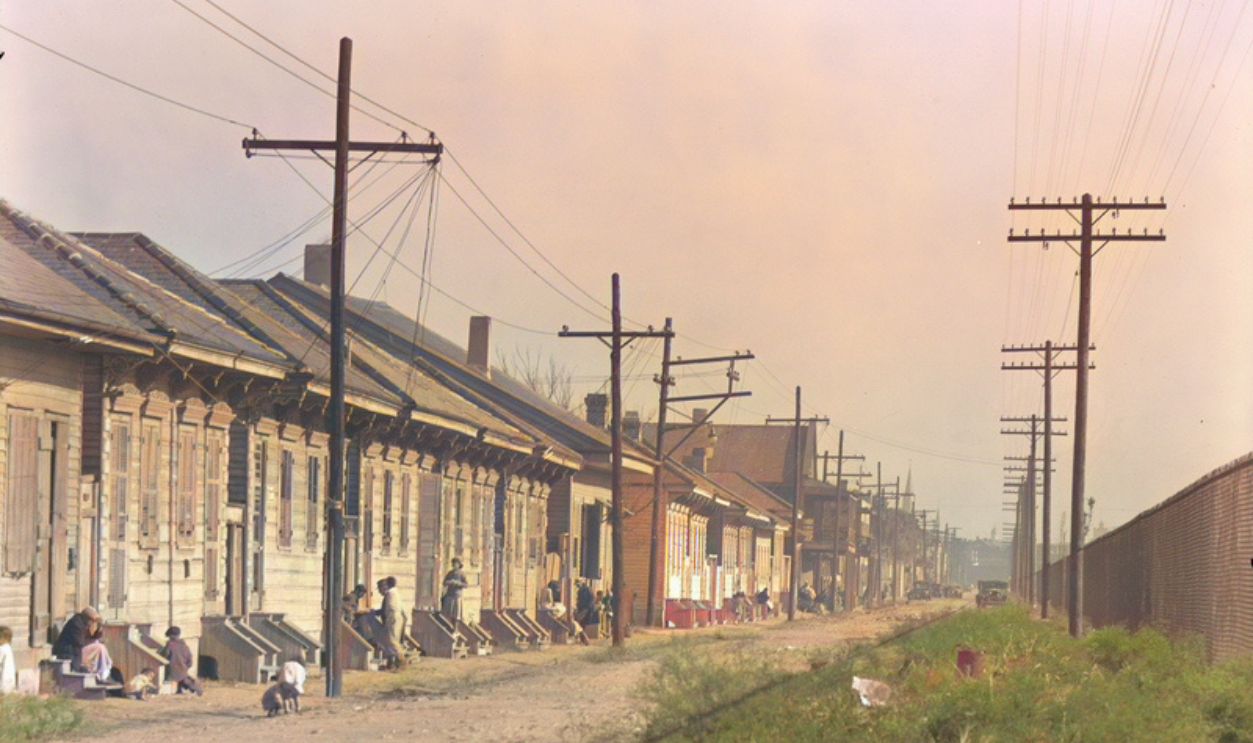 Walker Evans, CC0, Wikimedia Commons
Walker Evans, CC0, Wikimedia Commons
Marie Laveau, The Voodoo Queen
Marie Laveau is one of the most enduring figures in New Orleans' rich cultural scene. Born in 1801, Laveau was a free woman of color who became a famous Voodoo priestess by blending African spiritual practices with Catholic traditions.
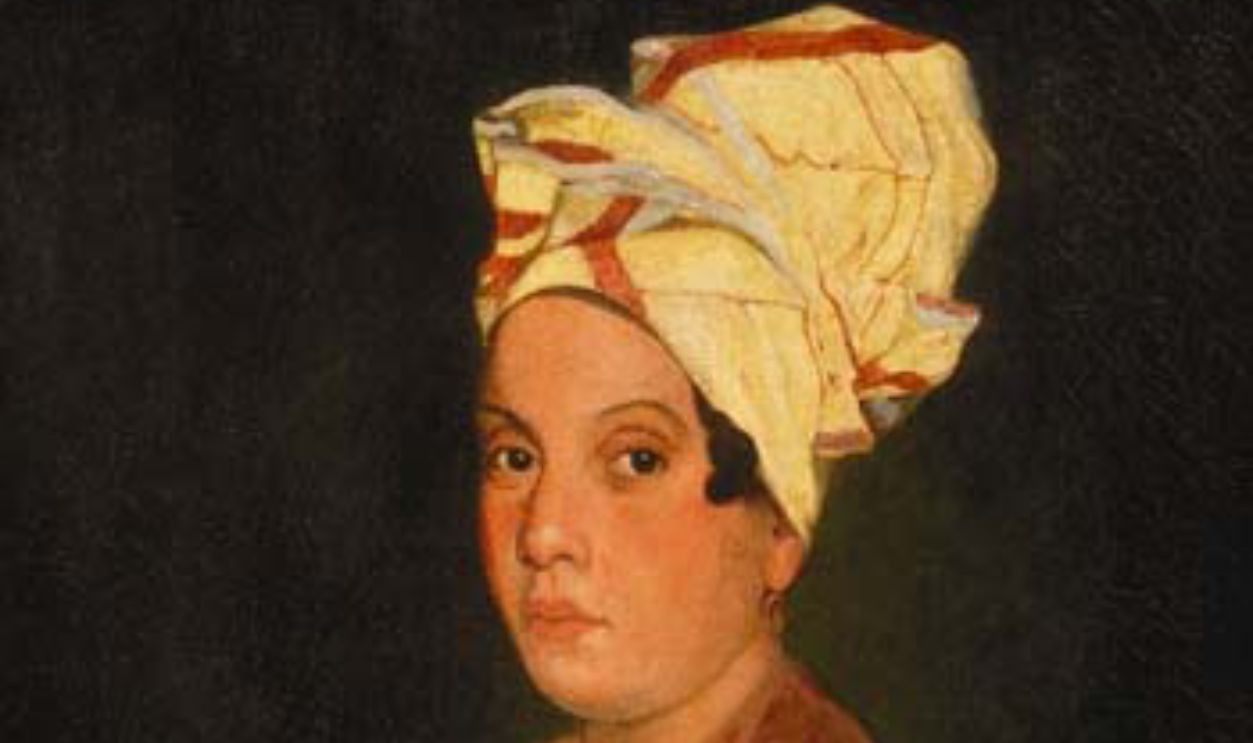 Louisiana State Museum, Wikimedia Commons
Louisiana State Museum, Wikimedia Commons
Who Influenced Life In New Orleans
She was also a healer, community leader, and confidante to people from all walks of life. Her clients included politicians and wealthy elites who asked her for guidance. Laveau's connection to Congo Square, where African rituals and music thrived, reinforced her role as a cultural icon.
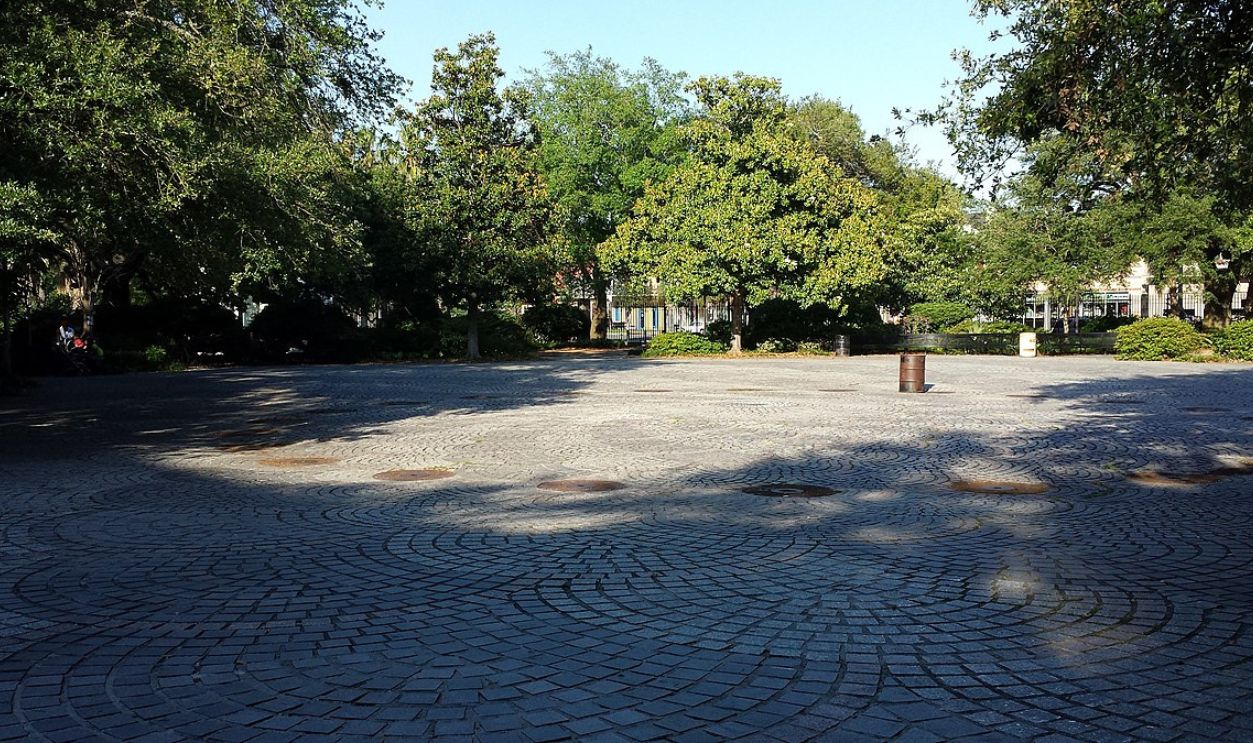 Spatms, CC BY-SA 3.0, Wikimedia Commons
Spatms, CC BY-SA 3.0, Wikimedia Commons
Before The American Integration
In 1803, the Louisiana Purchase transferred New Orleans and a vast swath of land from French to American control. This acquisition doubled the size of the United States, and made New Orleans an invaluable asset for its booming port and strategic location.
It Meant A Lot For The Natives
For the city's inhabitants, the transition from European to American rule brought significant cultural and economic shifts. Anglo-Americans brought their own customs and societal norms, which clashed at times with the established Creole population. Despite these tensions, the city grew as an important trading hub.
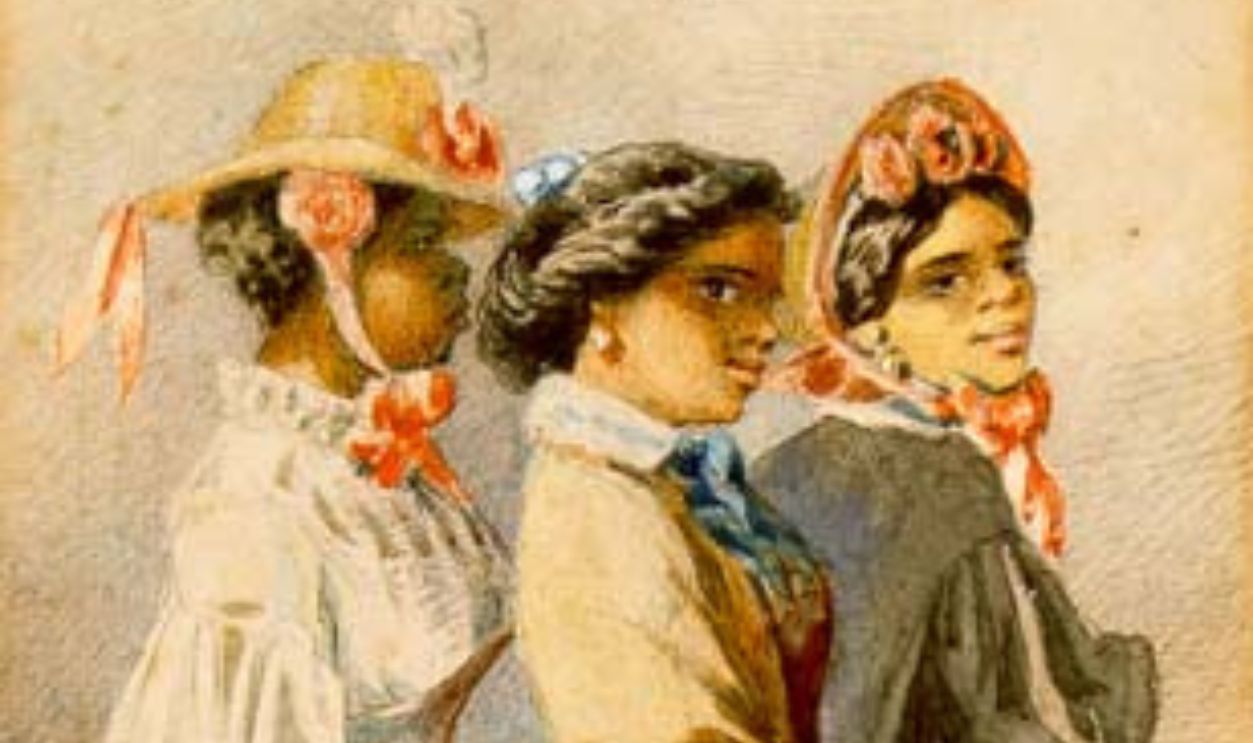 Edouard Marquis, Wikimedia Commons
Edouard Marquis, Wikimedia Commons
Who Got Inspired By The Haitian Revolution
Between 1791 and 1804, the Haitian Revolution changed New Orleans into a refuge for thousands of people. French-speaking Haitian planters, free people of color, and enslaved Africans brought their traditions to the city to enrich its already diverse population.
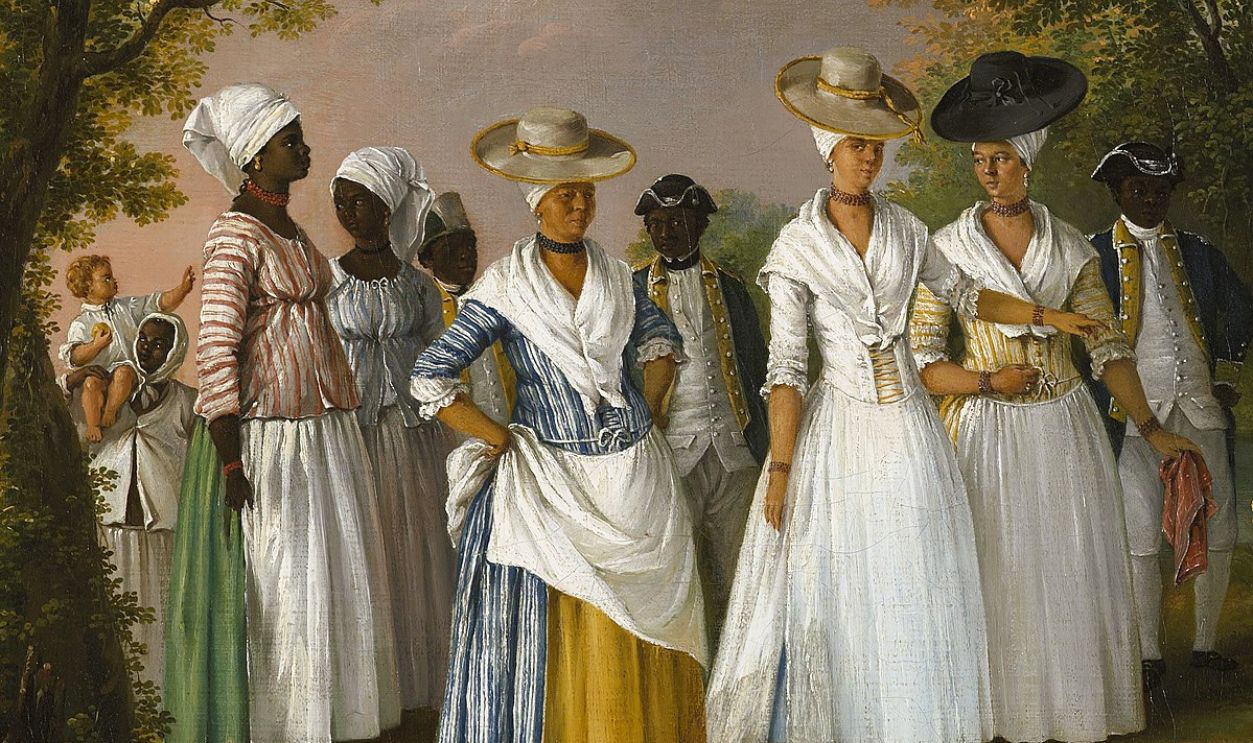 Agostino Brunias, Wikimedia Commons
Agostino Brunias, Wikimedia Commons
That Changed The Community
Agriculture, arts, food, and several cultural practices changed. Haitian émigrés contributed significantly to the development of sugar plantations and the preservation of Creole traditions. The revolution also heightened racial tensions, as the arrival of free Black Haitians challenged existing social hierarchies.
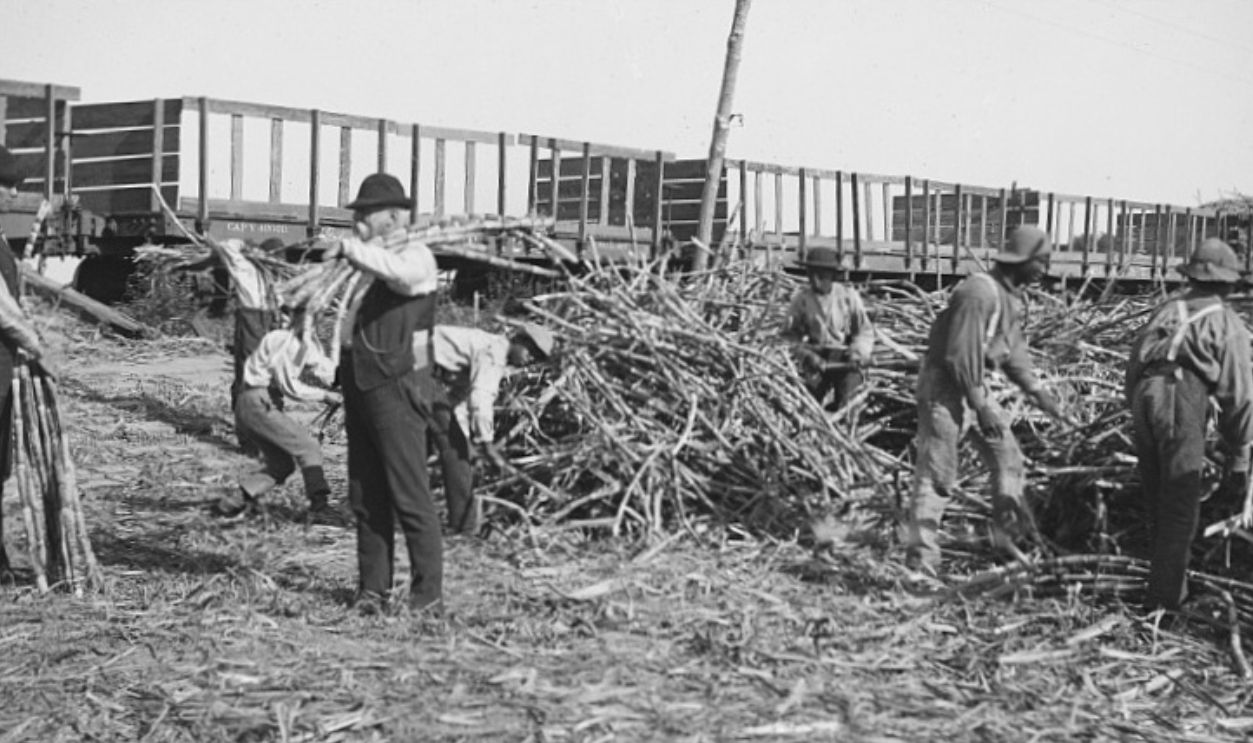 William Henry Jackson, Wikimedia Commons
William Henry Jackson, Wikimedia Commons
The 1811 Slave Revolt Followed
Charles Deslondes led one of the largest slave uprisings in US history in 1811. Inspired by the Haitian Revolution, enslaved individuals from plantations upriver of New Orleans sought to establish a free Black republic. Armed with makeshift weapons, they marched towards the city.
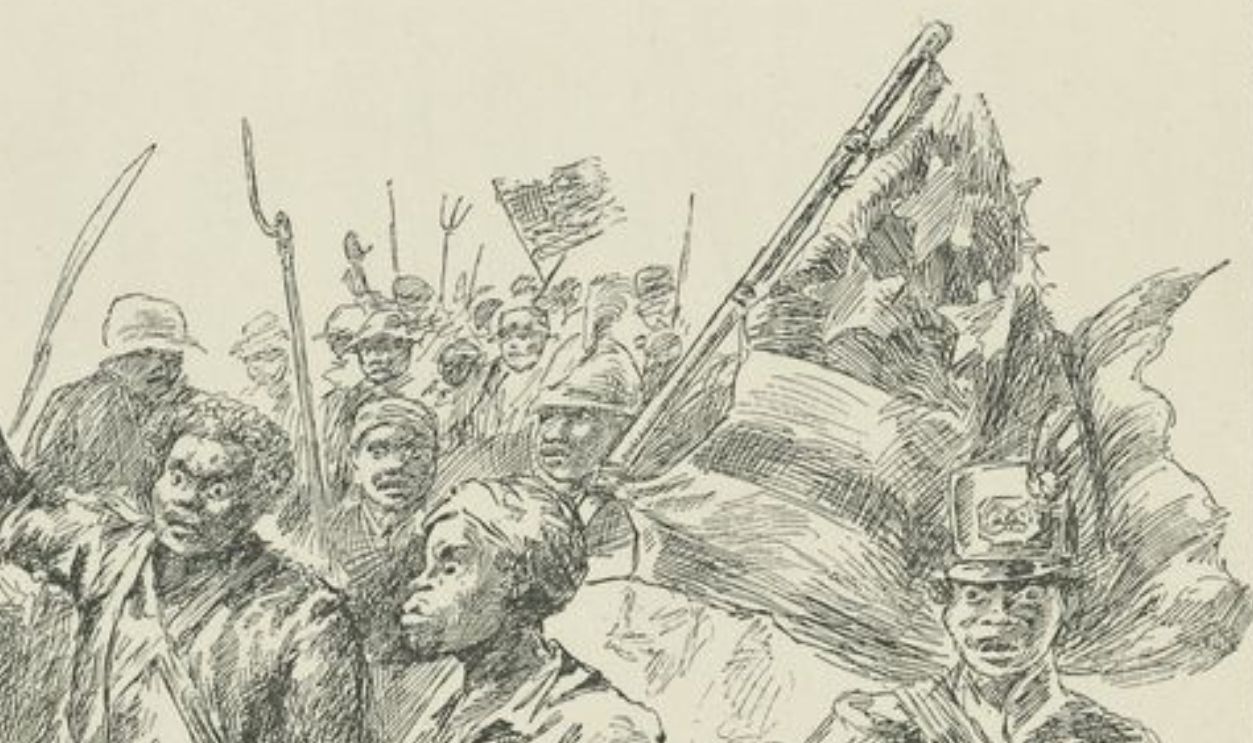 Unknown Author, Bridgman, Wikimedia Commons
Unknown Author, Bridgman, Wikimedia Commons
With A Conflicting Result
People burned plantations and rallied others to their cause. However, the rebellion was ultimately suppressed, with brutal repercussions for those involved. Nevertheless, it remains a powerful proof of the yearning for freedom and self-determination among the enslaved who later shaped the community of New Orleans.
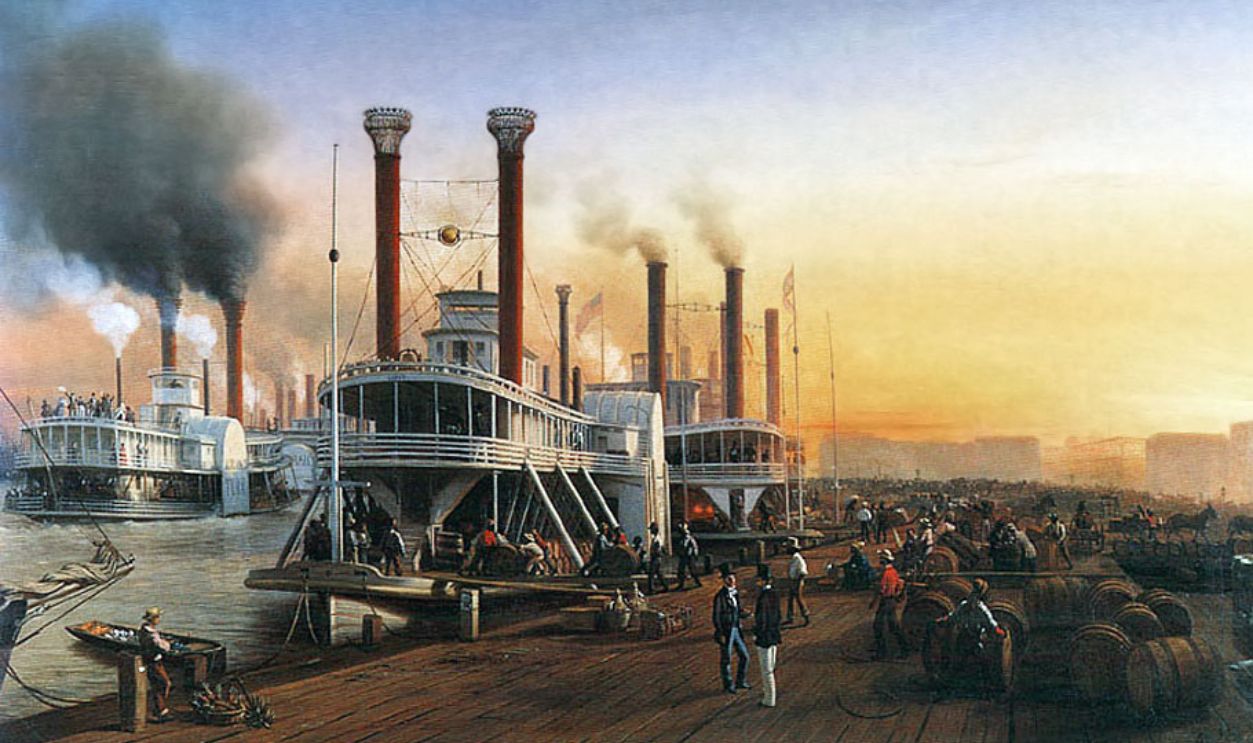 Hippolyte Sebron, Wikimedia Commons
Hippolyte Sebron, Wikimedia Commons
The Heart Of Black Catholicism
Saint Augustine Church, established in 1841 in Tremé, was one of the first Catholic churches in the United States to welcome both free and enslaved Black people to create an inclusive place of worship. It was also a center for activism during the Civil Rights Movement.
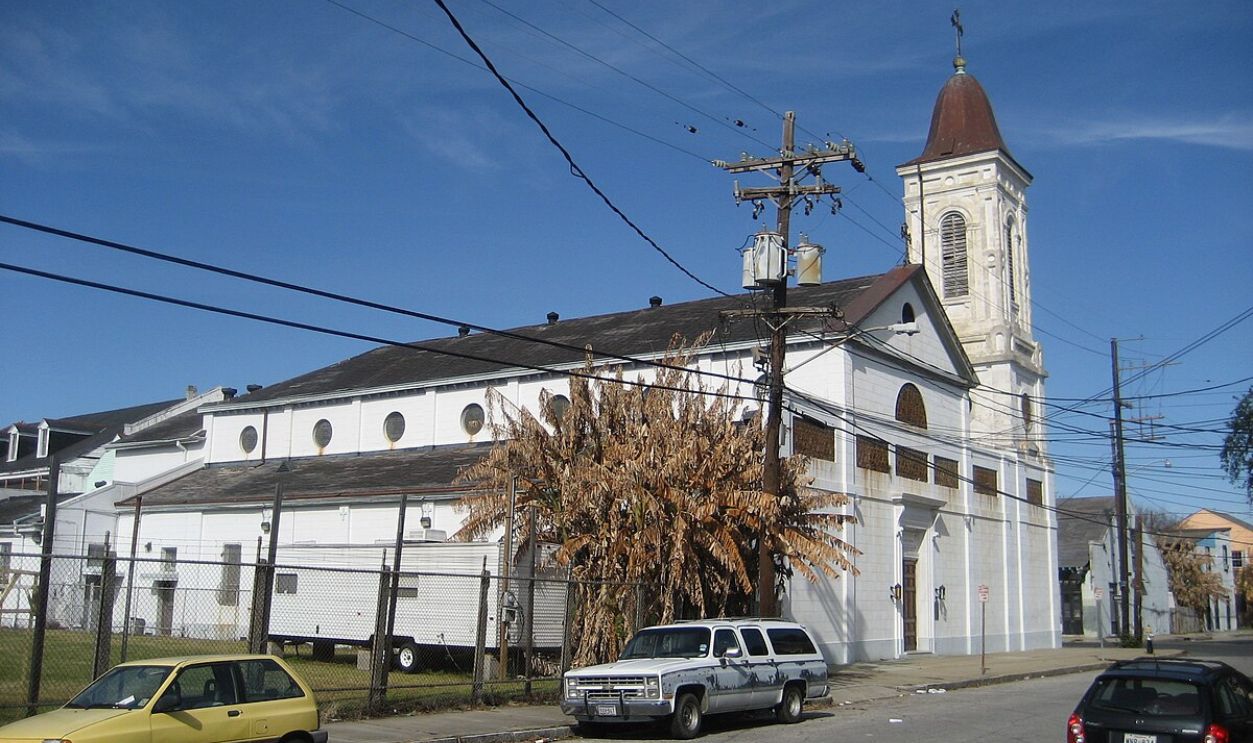 Infrogmation of New Orleans, CC BY-SA 3.0, Wikimedia Commons
Infrogmation of New Orleans, CC BY-SA 3.0, Wikimedia Commons
With Significant Figures
Henriette Delille, a free woman of color born in 1813, devoted her life to serving the marginalized in New Orleans. She founded the Sisters of the Holy Family, the second-oldest congregation of Black nuns in the United States in 1842.
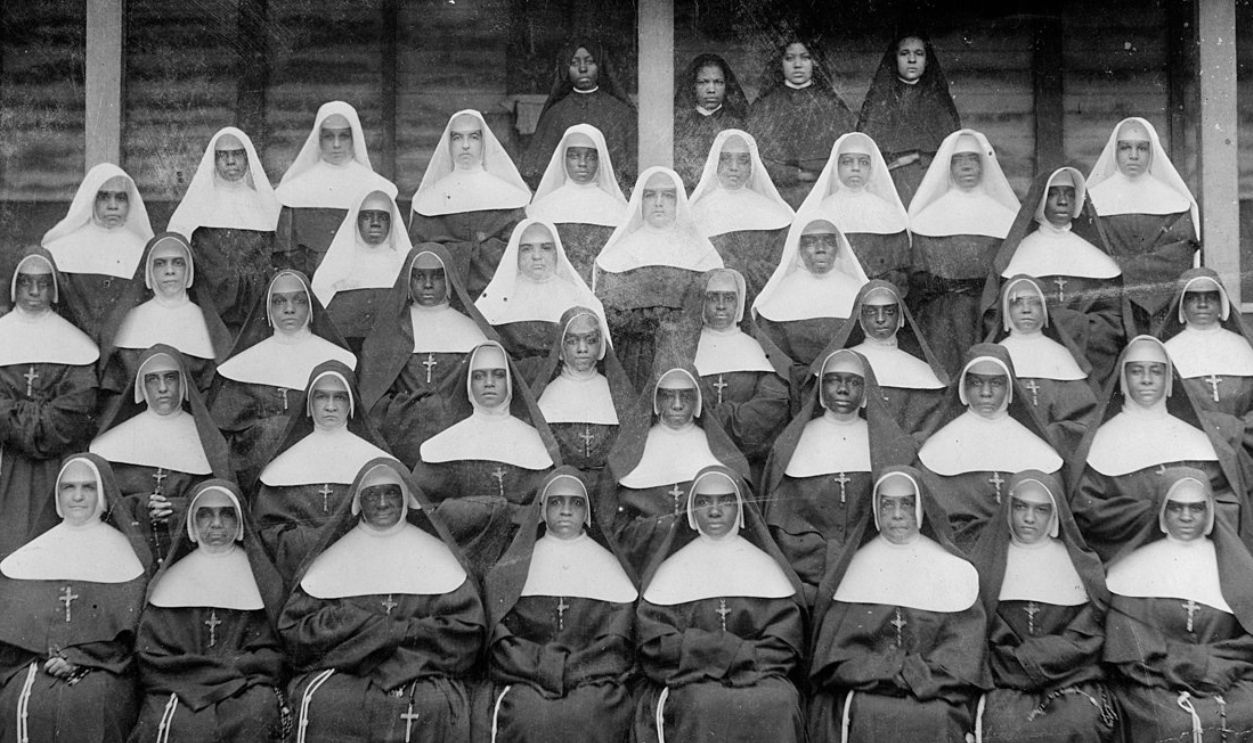 African American Photographs Assembled for 1900 Paris Exposition, Wikimedia Commons
African American Photographs Assembled for 1900 Paris Exposition, Wikimedia Commons
Who Changed Life In New Orleans
Focused on educating enslaved and free children, caring for the elderly, and providing spiritual guidance, the order embodied Delille's mission of compassion and justice. Her path to sainthood, marked by her designation as "Venerable" by the Vatican, highlights her lasting impact on the Catholic Church and the New Orleans community.
Free People Of Color In New Orleans
Gens de couleur libres played a massive role in the city's economic development, particularly during the 18th and 19th centuries. Many free people of color ran successful businesses and contributed significantly to the local economy. Women often managed boarding houses or ran small shops.
Focused On Education Initiatives
Before the Civil War, free people of color in New Orleans were deeply committed to education and literacy as means of advancement and empowerment. Despite legal restrictions, Black intellectuals and activists established their own schools and societies to ensure that their children had access to education.
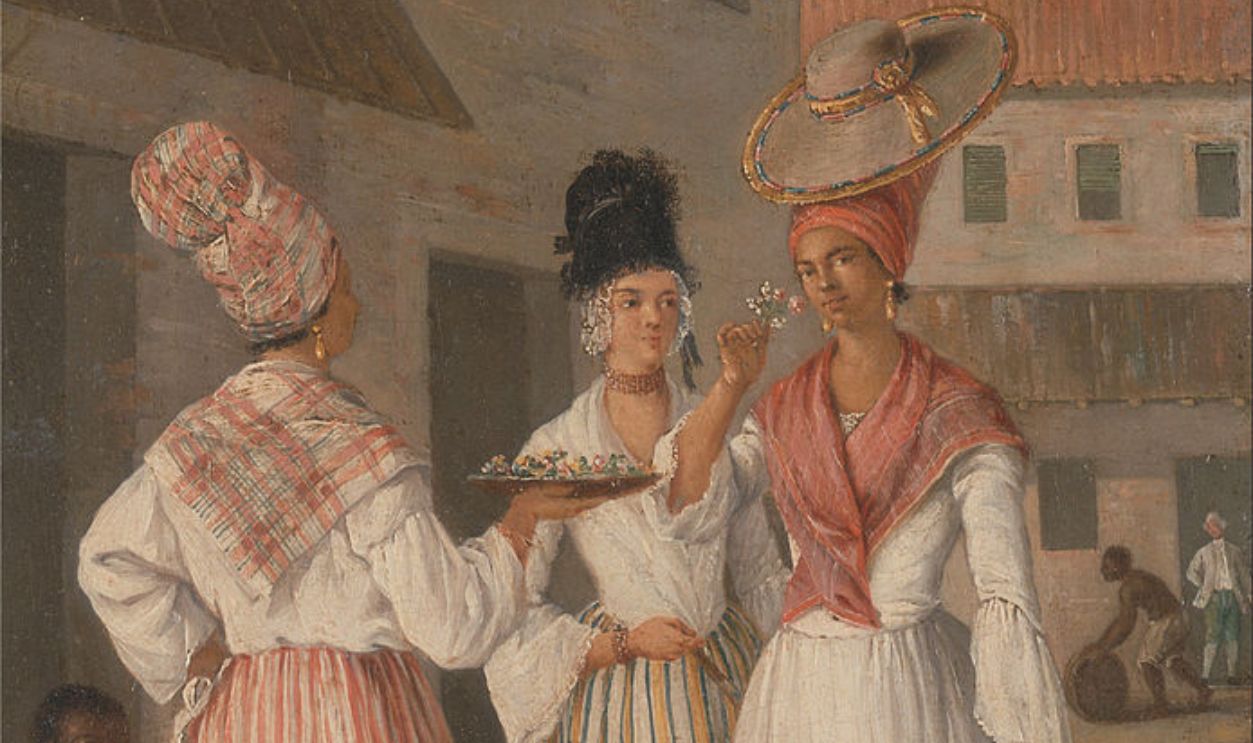 Yale Center for British Art, Wikimedia Commons
Yale Center for British Art, Wikimedia Commons
And Founded New Orleans Tribune
Founded in 1864 by Dr. Louis Charles Roudanez, a free man of color, The New Orleans Tribune was the first Black daily newspaper in the US. It was short-lived but a powerful voice during Reconstruction by discussing social justice. Roudanez used the Tribune to support public education for African Americans.
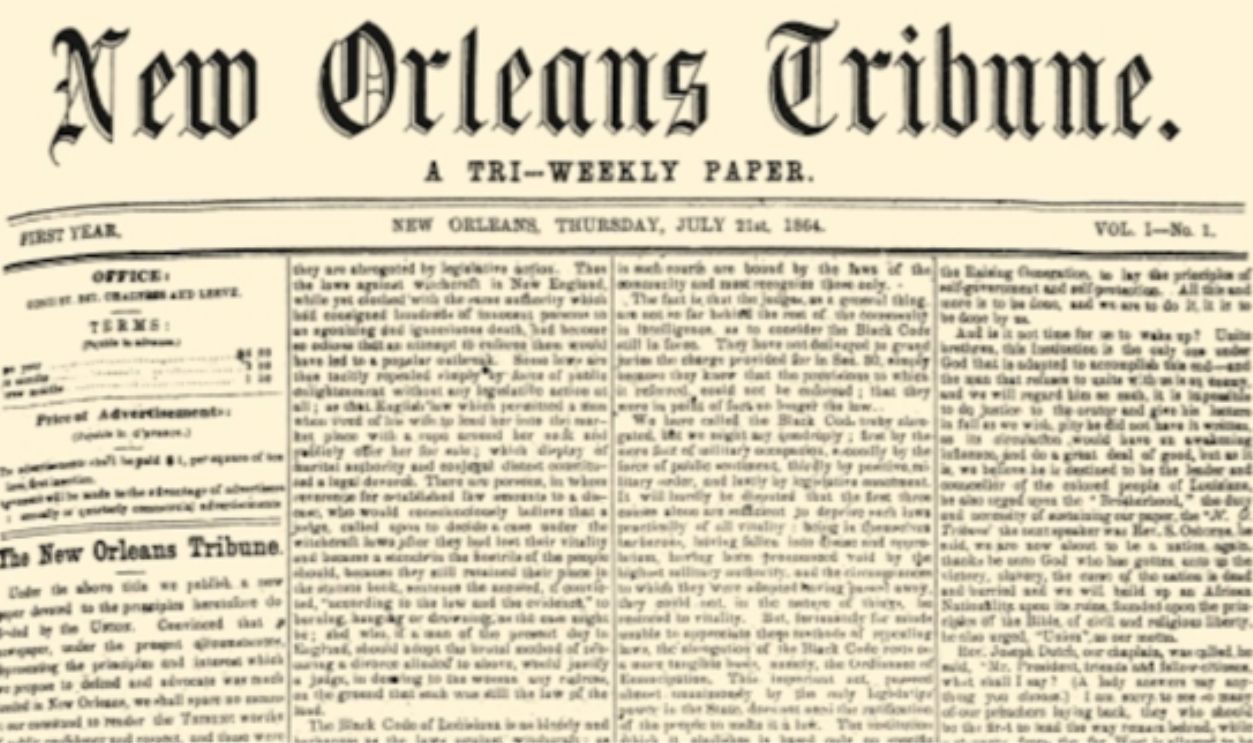 New Orleans Tribune newspaper, Wikimedia Commons
New Orleans Tribune newspaper, Wikimedia Commons
Artistic Cultural Expression Was Everything
Congo Square, located in present-day Louis Armstrong Park, was a significant space for African cultural expression during the 18th and 19th centuries. Enslaved and free Black individuals gathered here on Sundays, their only day of rest, to dance and sing in a display of resilience and community.
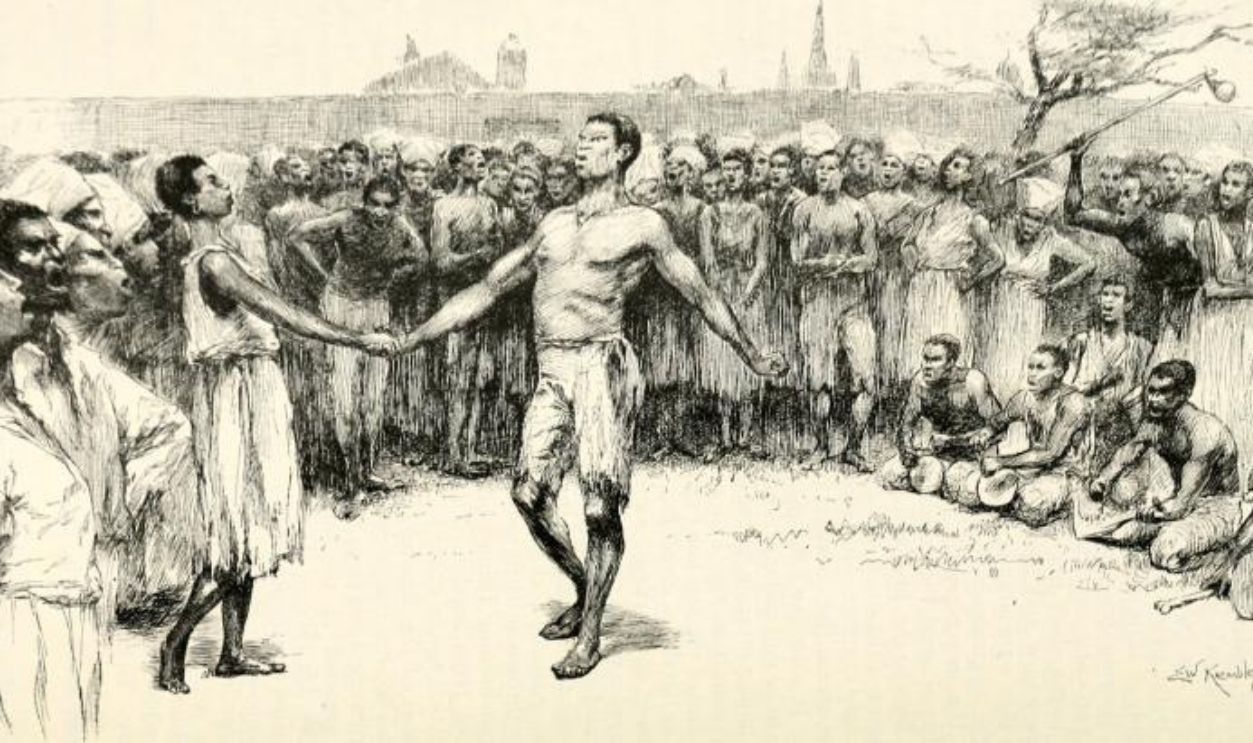 Edward Winsor Kemble, Wikimedia Commons
Edward Winsor Kemble, Wikimedia Commons
And Led To The Creation Of Original Music
By 1866, there were probably millions of African people living in the US. The ones living in New Orleans used several makeshift instruments made of barrels, boxes, washboards, and washtubs. Their rhythms and melodies shared at Congo Square laid the groundwork for new and unique musical genres.
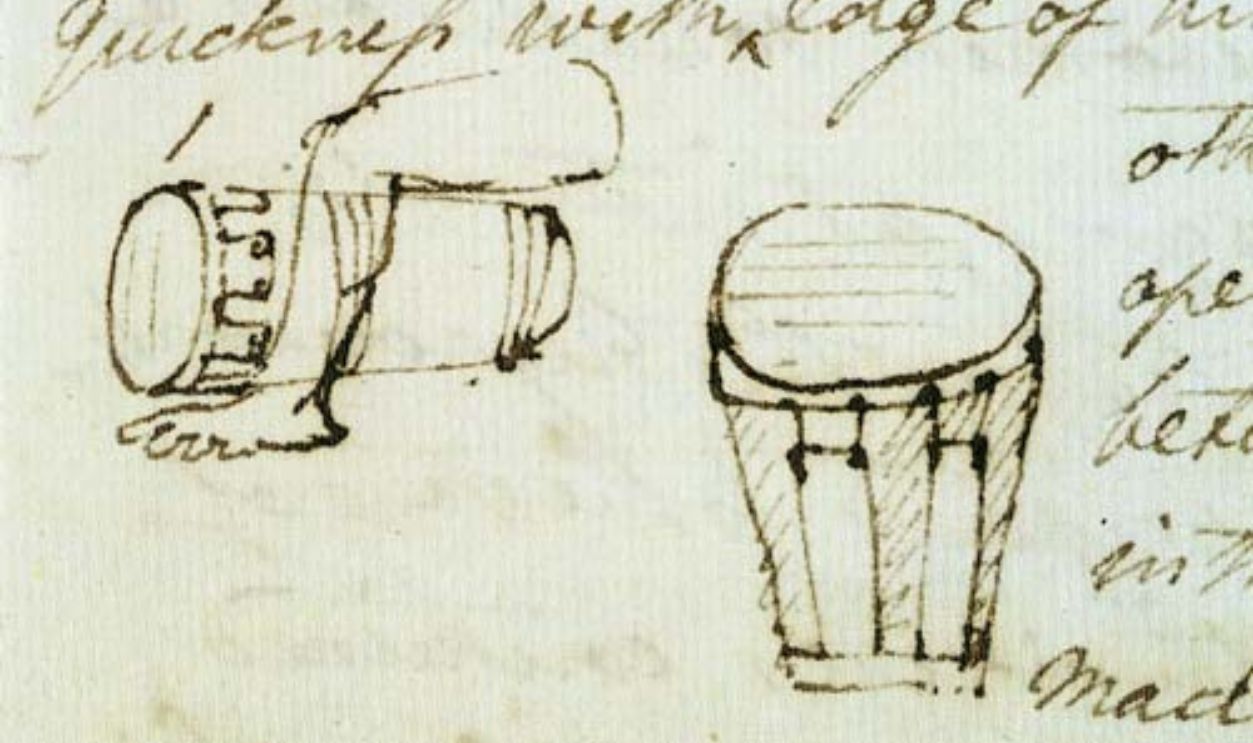 Benjamin Henry Latrobe, Wikimedia Commons
Benjamin Henry Latrobe, Wikimedia Commons
Jazz Was Born
New Orleans is universally celebrated as the birthplace of jazz. In the late 19th and early 20th centuries, it emerged from a fusion of African rhythms, blues, ragtime, and European musical structures. Legendary jazz musicians like Louis Armstrong and Sidney Bechet are New Orleans natives.
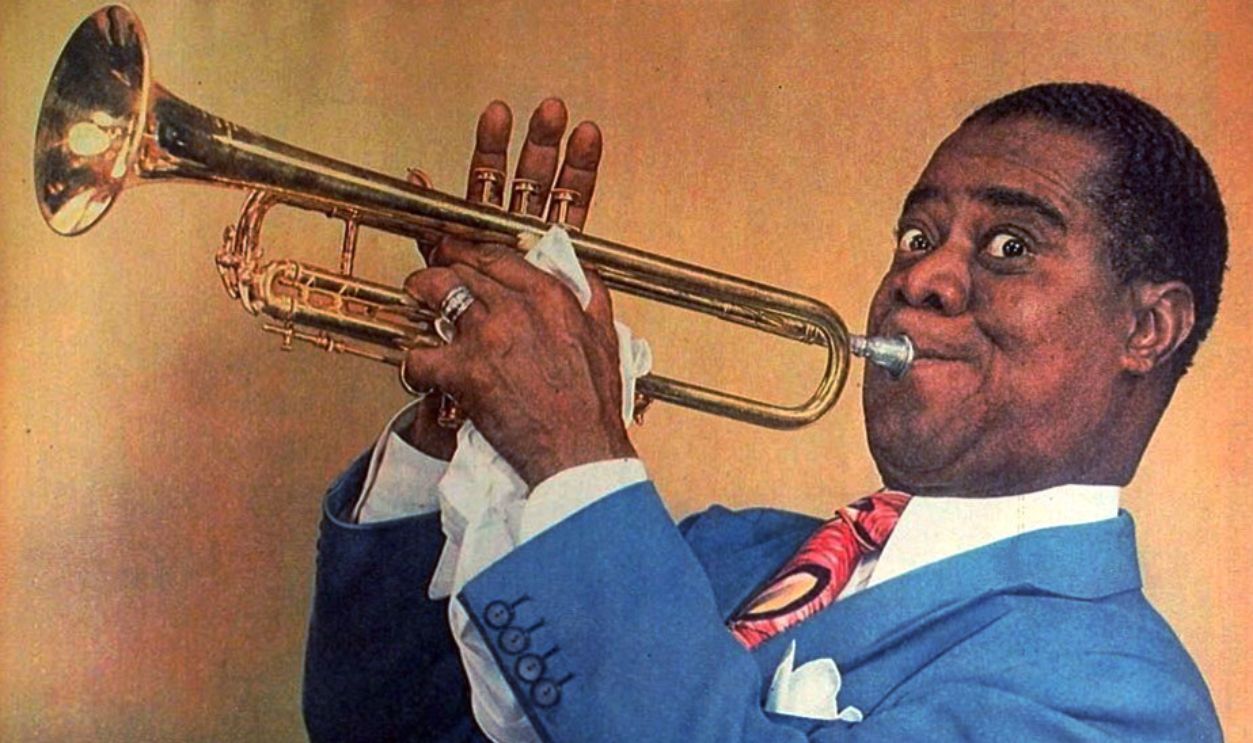 Harry Warnecke, Gus Schoenbaechler, Wikimedia Commons
Harry Warnecke, Gus Schoenbaechler, Wikimedia Commons
And Made It To Funerals
Jazz funerals are a unique New Orleans tradition that blends African, European, and Caribbean influences into a profound cultural expression. These funerals begin somberly, with a slow procession of mourners accompanied by brass bands playing hymns. After the burial, the music shifts to upbeat jazz, signaling a celebration of life.
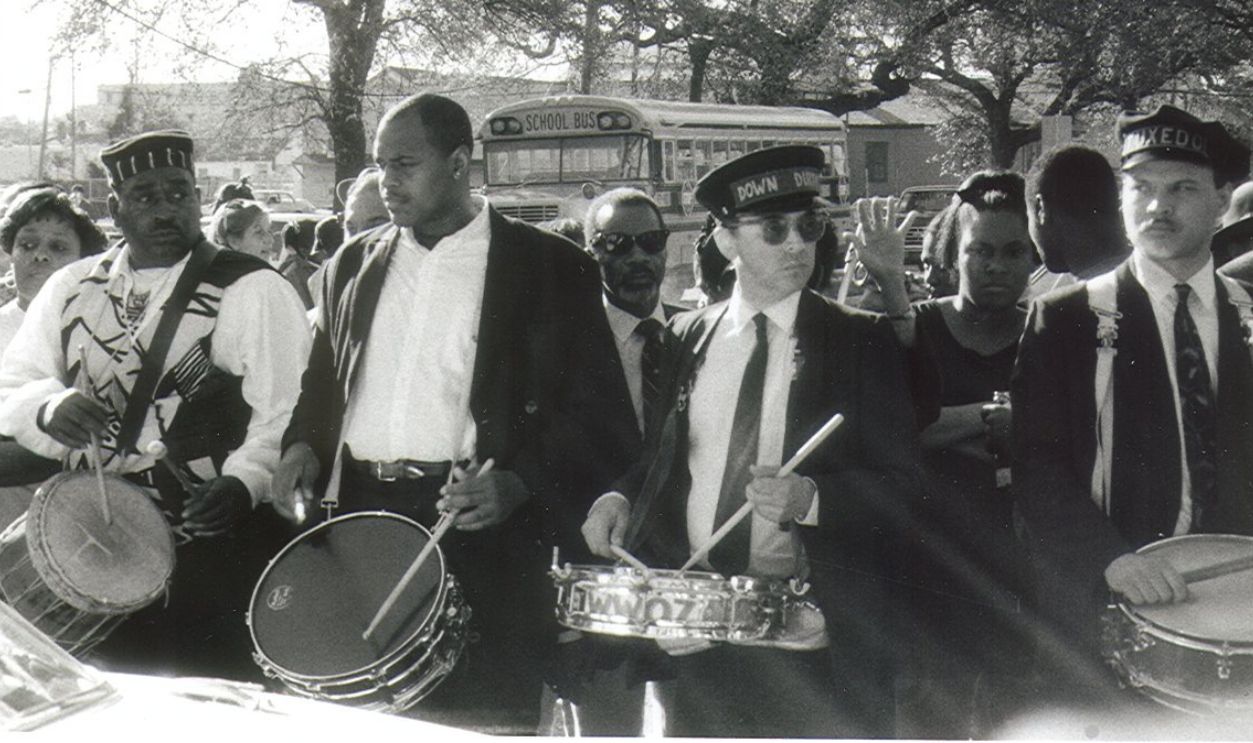 Infrogmation of New Orleans, CC BY-SA 2.5, Wikimedia Commons
Infrogmation of New Orleans, CC BY-SA 2.5, Wikimedia Commons
The Great Migration And The Spread Of Music
The Great Migration from the early 20th century to the 1970s, saw millions of Black southerners move to northern and western cities in search of economic opportunities and freedom from racial oppression. This movement carried the cultural richness of New Orleans to cities like New York and Los Angeles.
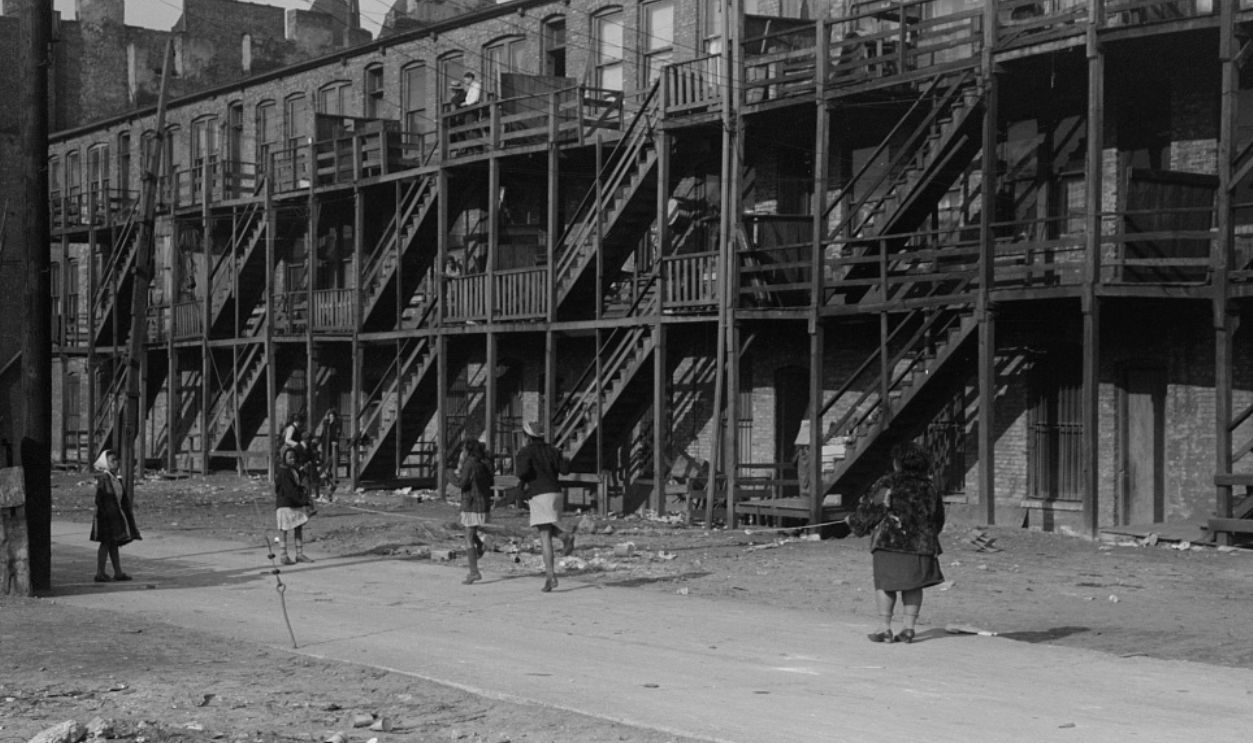 Russell Lee, Wikimedia Commons
Russell Lee, Wikimedia Commons
Bounce Music And Its Global Influence
Bounce music, a high-energy subgenre of hip-hop, was born in the streets of New Orleans in the late 1980s and early 1990s. Characterized by call-and-response lyrics and a focus on audience participation, bounce draws heavily from the city's rich musical traditions, including brass band rhythms and Mardi Gras chants.
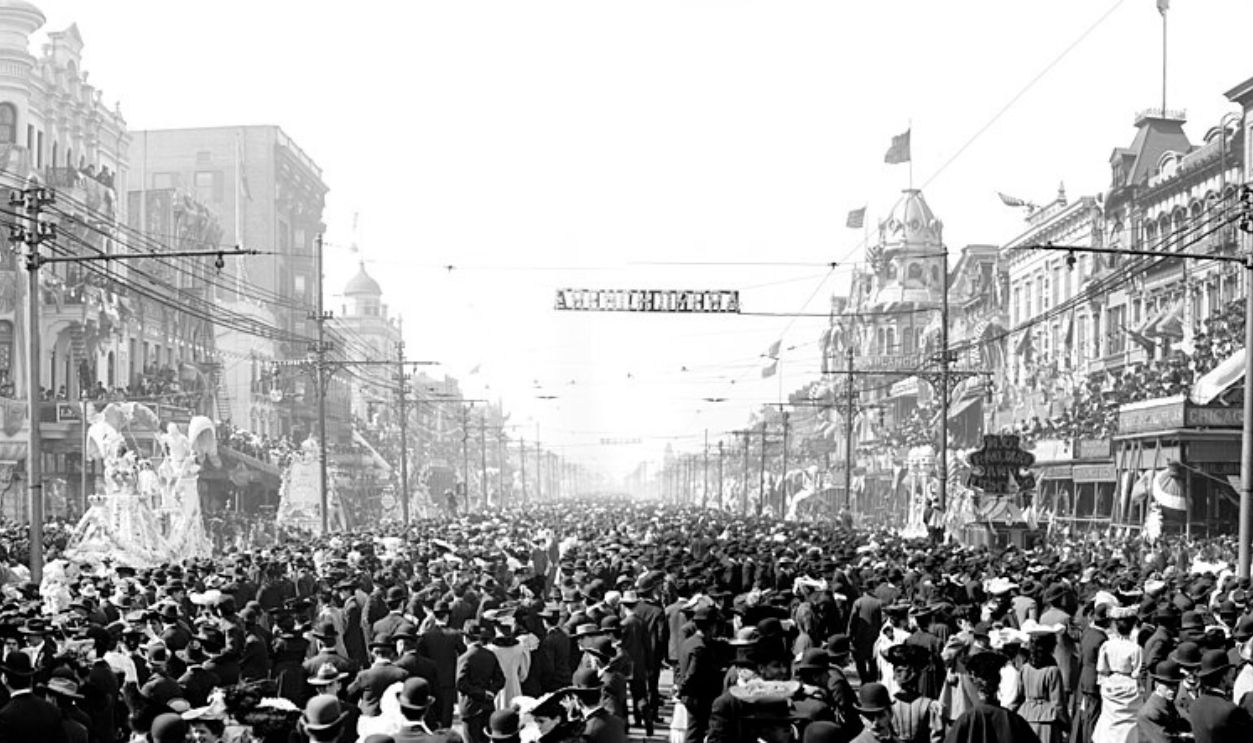 Detroit Publishing Co., Wikimedia Commons
Detroit Publishing Co., Wikimedia Commons
The Tunes Of Black Masking Indians
Rooted in the city's African-American and indigenous heritage, African-American men dressed as "Indians" in elaborate costumes adorned with feathers and intricate beadwork to honor Native American tribes that helped runaway slaves. During Mardi Gras and other celebrations, the "Indian" tribes come together to parade.
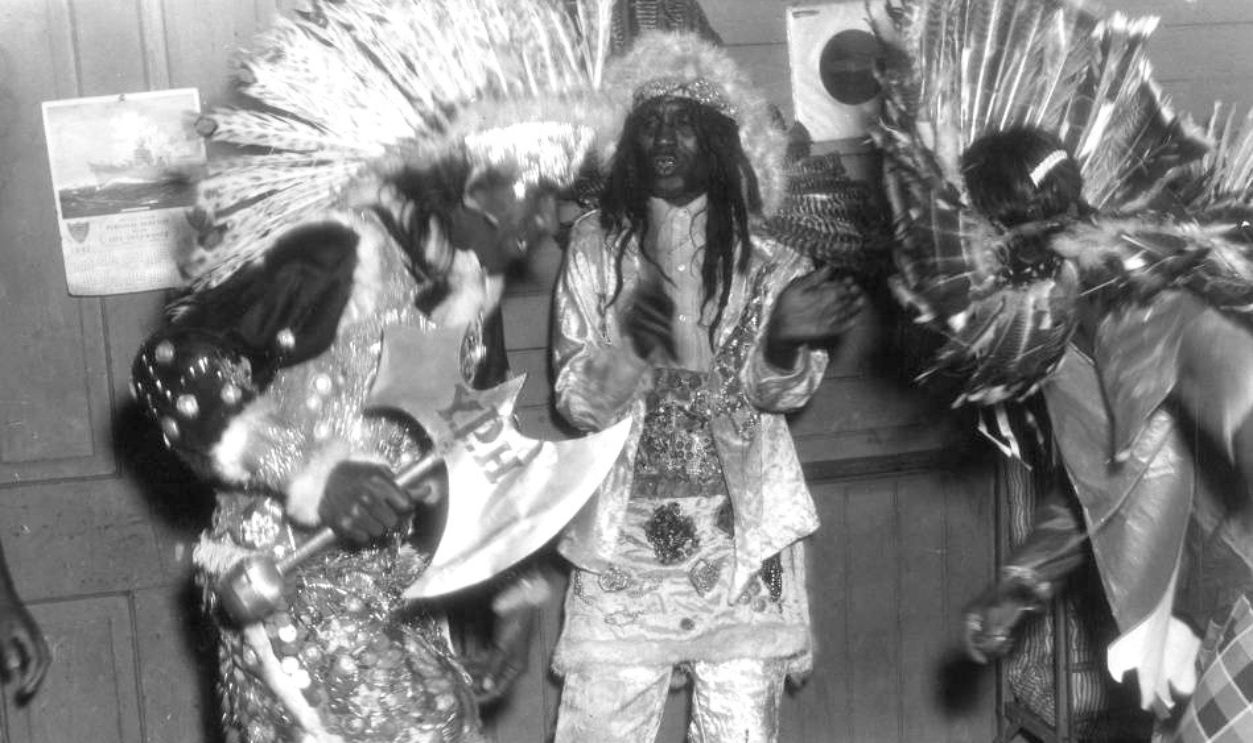 Unnamed WPA photographer, Wikimedia Commons
Unnamed WPA photographer, Wikimedia Commons
Along With New Orleans' Tasty Cuisine
People visiting New Orleans often come craving its famous Creole cuisine. Leah Chase or The Queen of Creole Cuisine successfully managed to increase its popularity with her innovative dishes. Moreover, her Dooky Chase's Restaurant was a meeting ground for civil rights leaders during the 1960s.
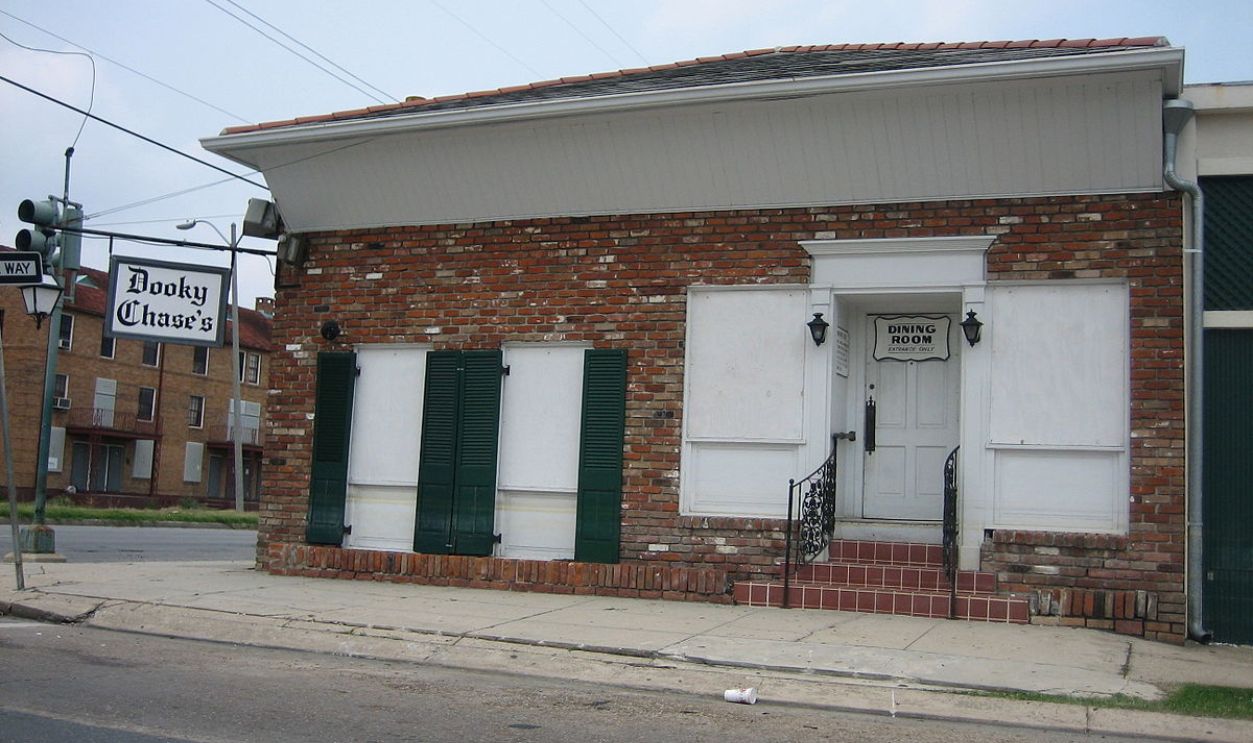 Infrogmation, CC BY 2.5, Wikimedia Commons
Infrogmation, CC BY 2.5, Wikimedia Commons
Which Influenced American Cooking
African slaves brought culinary traditions that merged with French, Spanish, and Native American influences to form a distinctive New Orleans cuisine. Creole and Cajun dishes like gumbo, jambalaya, crawfish étouffée, and beignets have roots in both African and European cooking techniques.
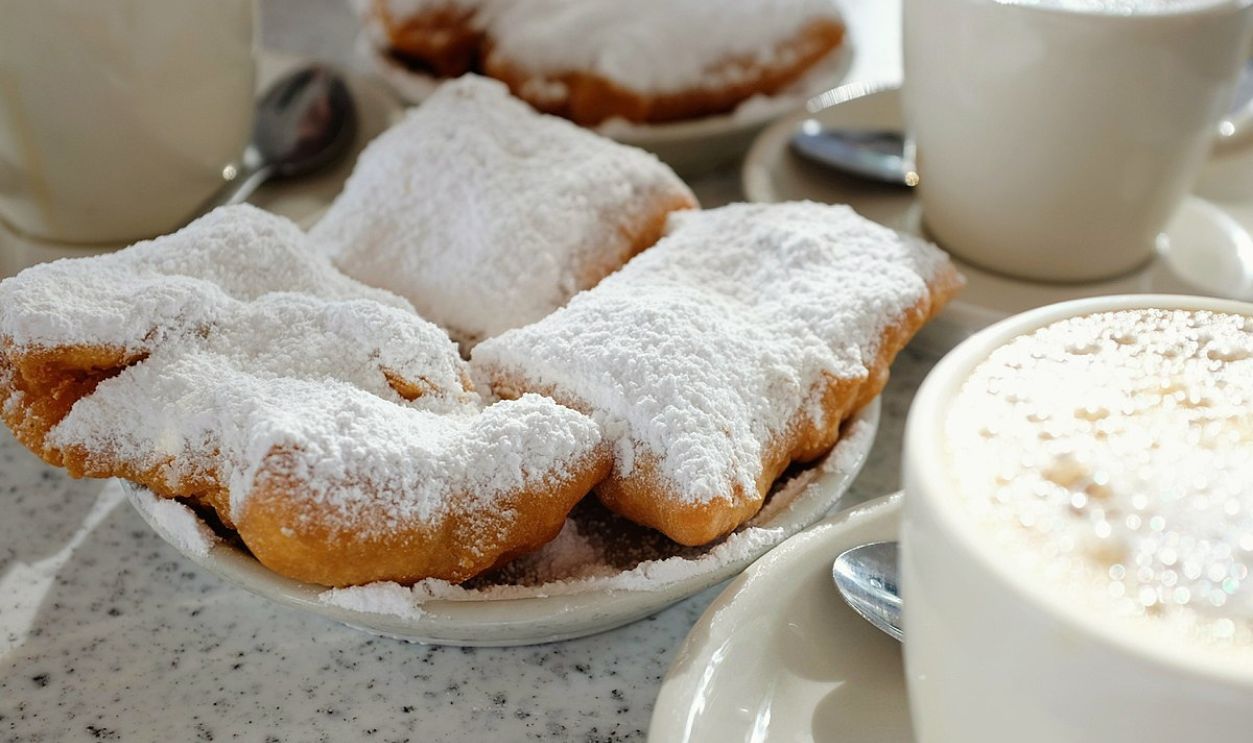 Pburka, CC BY-SA 4.0, Wikimedia Commons
Pburka, CC BY-SA 4.0, Wikimedia Commons
Just Like Pioneers Of School Desegregation
In 1960, Leona Tate, Tessie Prevost, Gail Etienne, and Ruby Bridges made history as the New Orleans Four, the first Black children to integrate all-white schools in the city. Their bravery in the face of hostile crowds and systemic racism marked a significant milestone in the Civil Rights Movement.
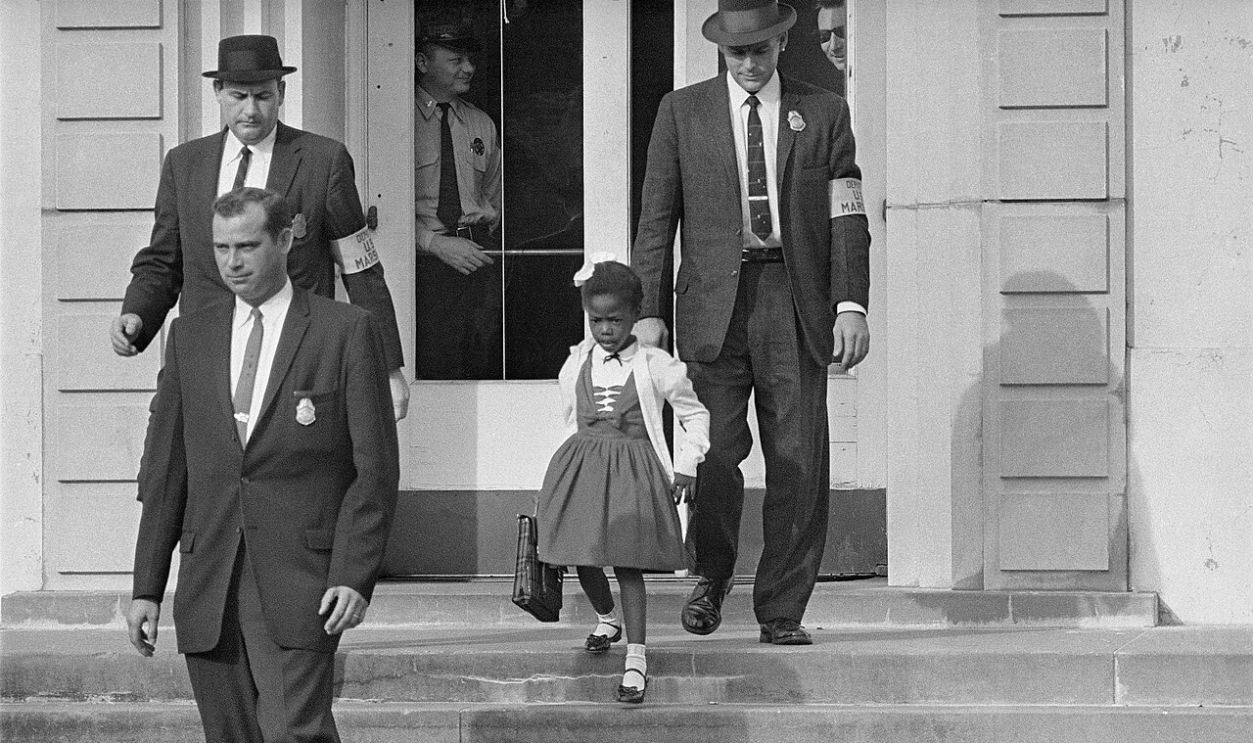 Uncredited DOJ photographer, Adam Cuerden, Wikimedia Commons
Uncredited DOJ photographer, Adam Cuerden, Wikimedia Commons
And Nurturing Black Excellence
Xavier University of Louisiana is the US only historically Black and Catholic university. It's renowned for producing the most Black medical school graduates in the US and also supported the Civil Rights Movement by nurturing activists and thinkers who fought for equality.
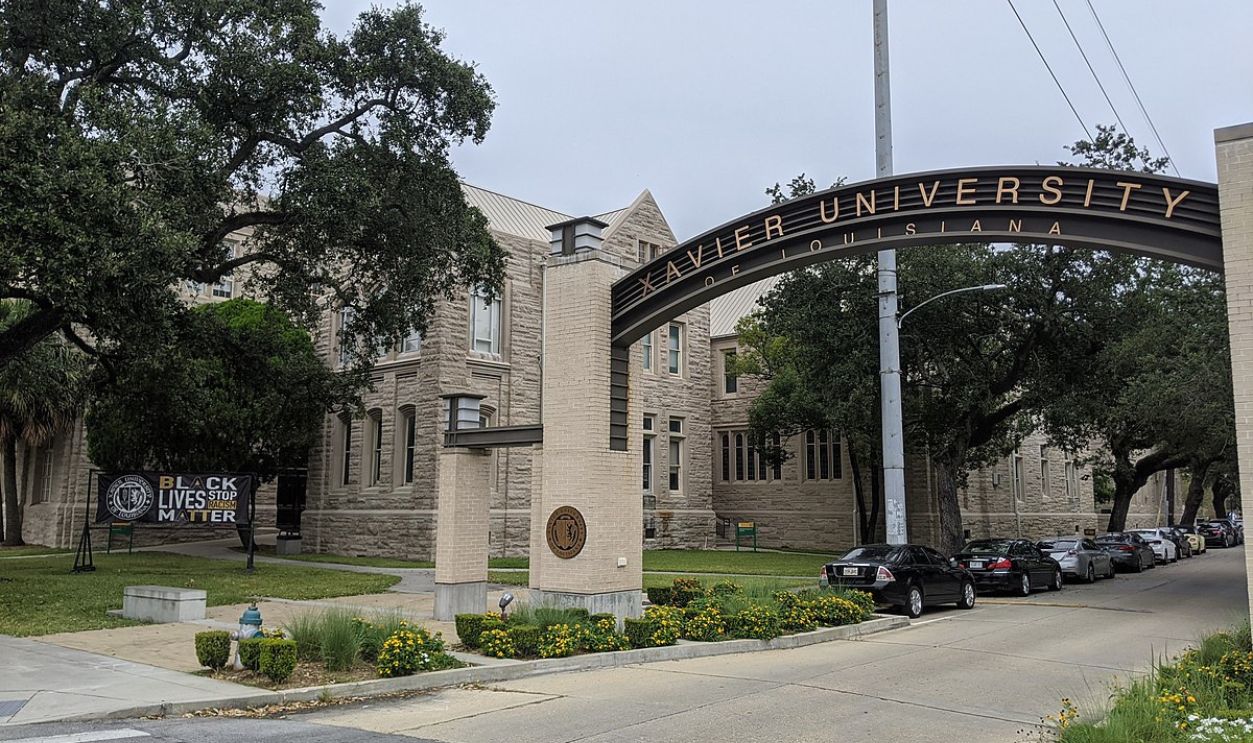 Natemup, CC BY-SA 4.0, Wikimedia Commons
Natemup, CC BY-SA 4.0, Wikimedia Commons
Preserving New Orleans Heritage
People of New Orleans are committing to preserving its heritage and legacy. Museums such as the National WW2 Museum and the Backstreet Cultural Museum, along with cultural tours that highlight the city's Black history, offer an opportunity to explore the deep and rich history of Black New Orleanians.
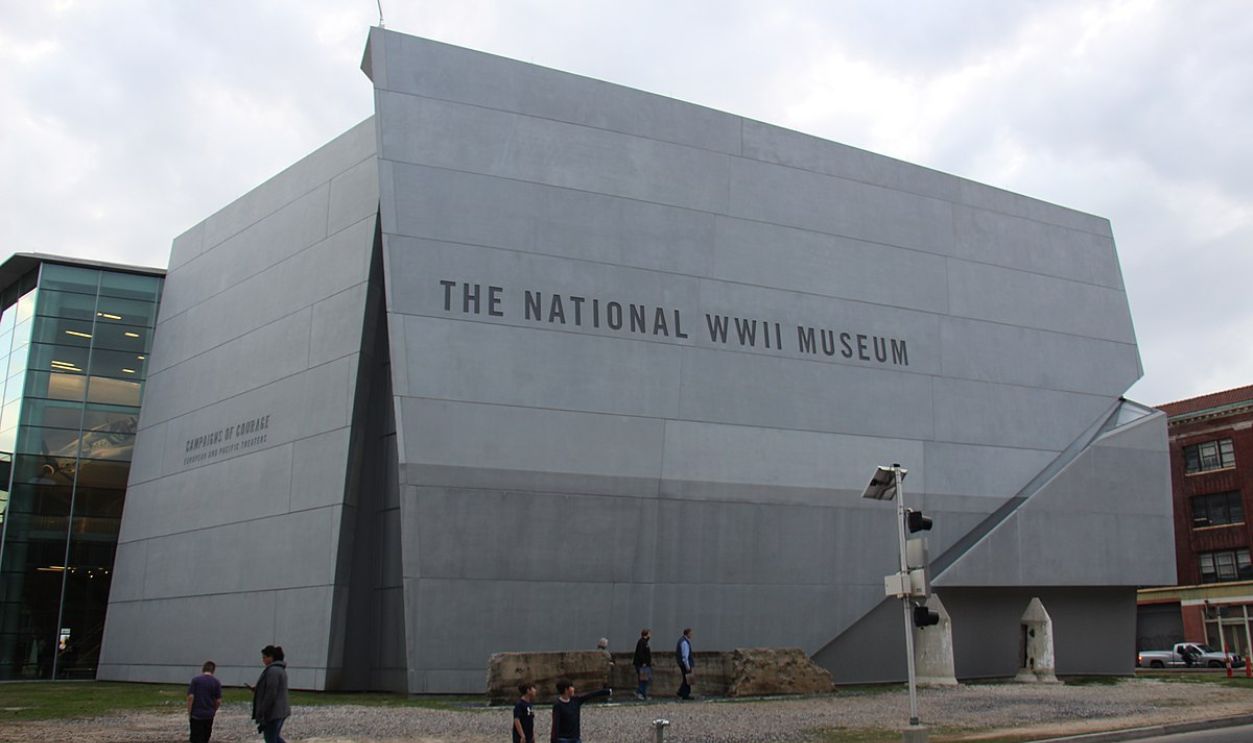 ironypoisoning, CC BY-SA 2.0, Wikimedia Commons
ironypoisoning, CC BY-SA 2.0, Wikimedia Commons

